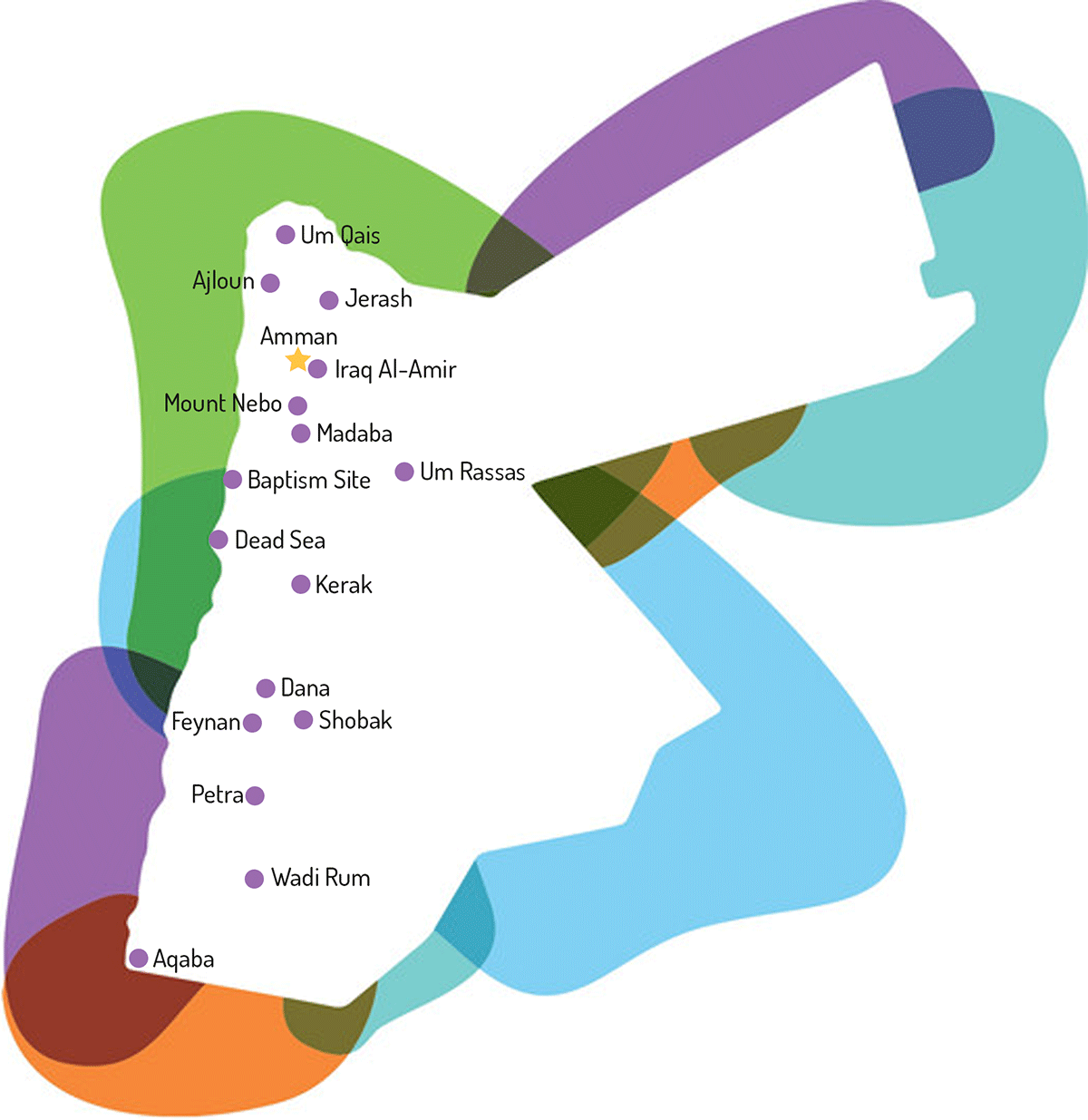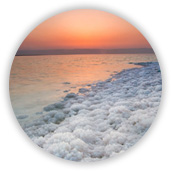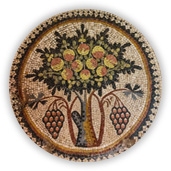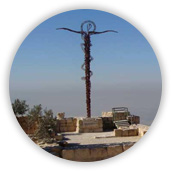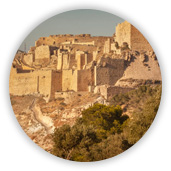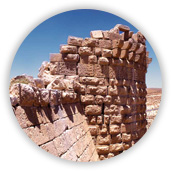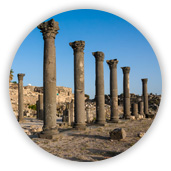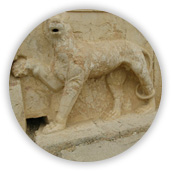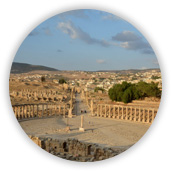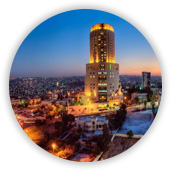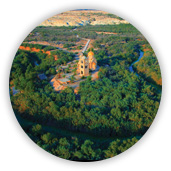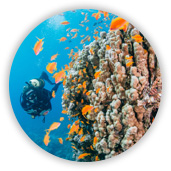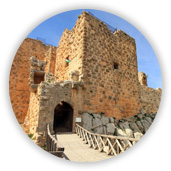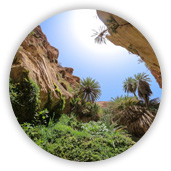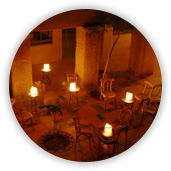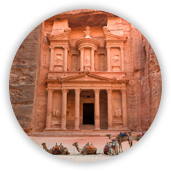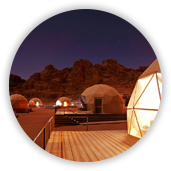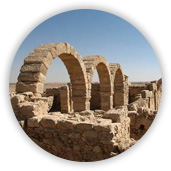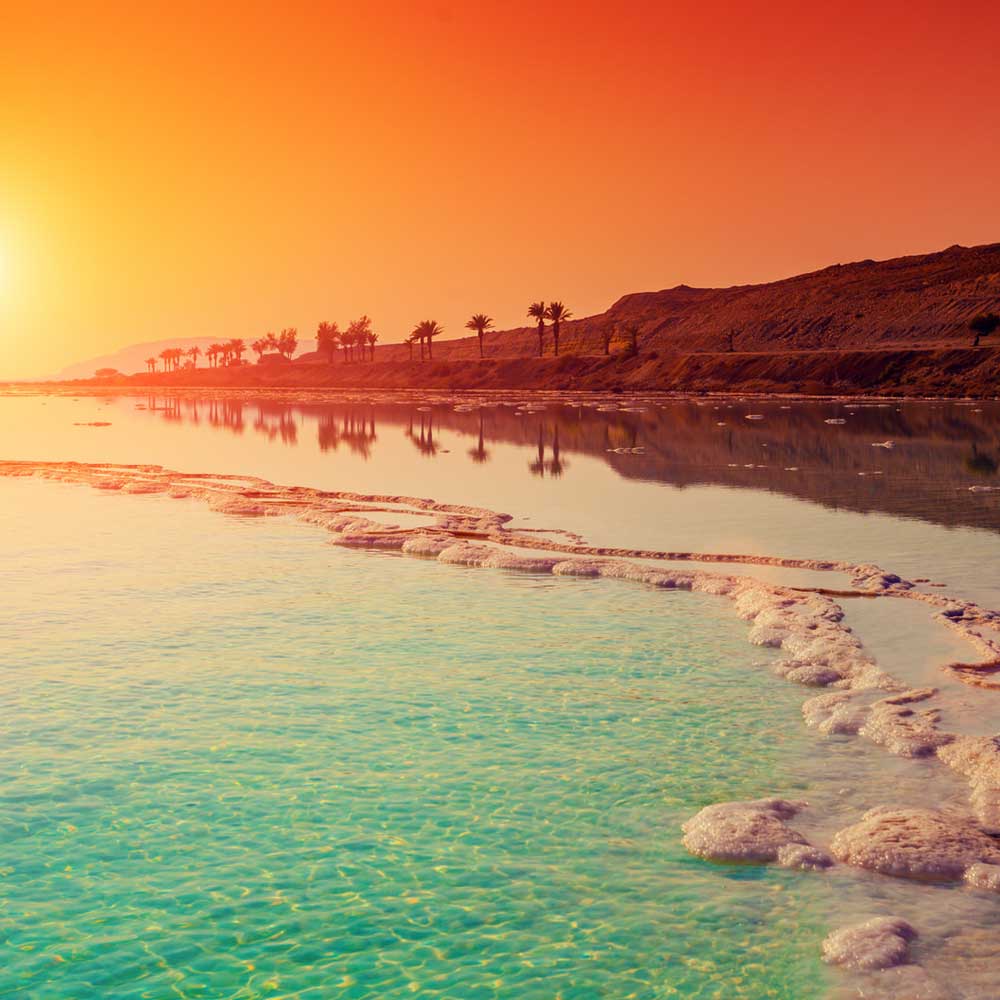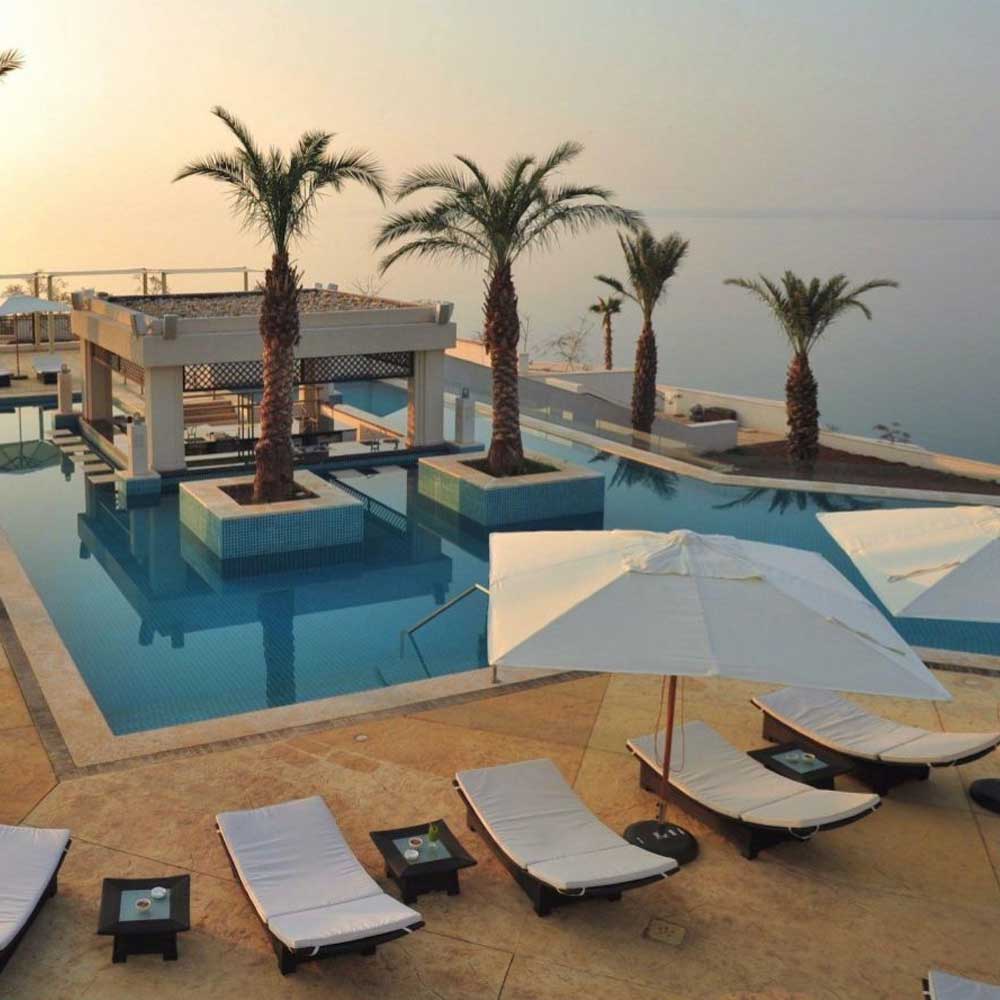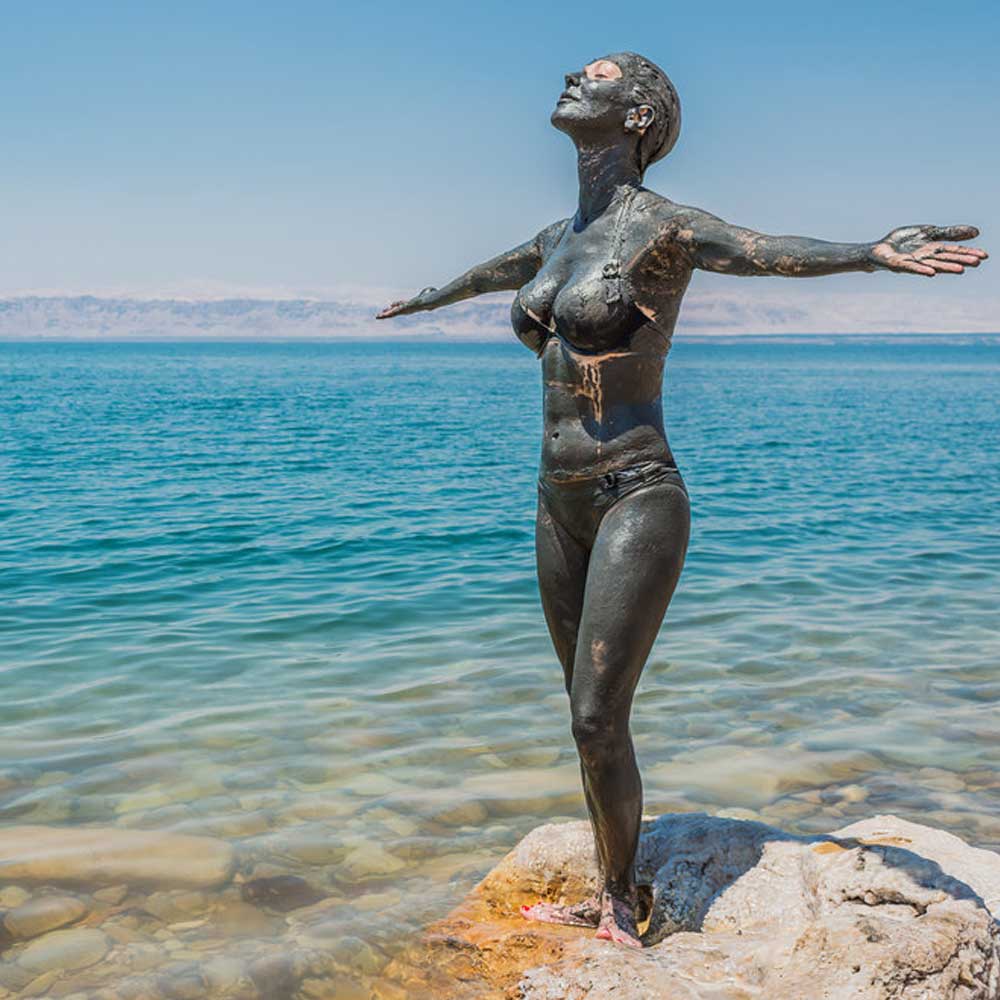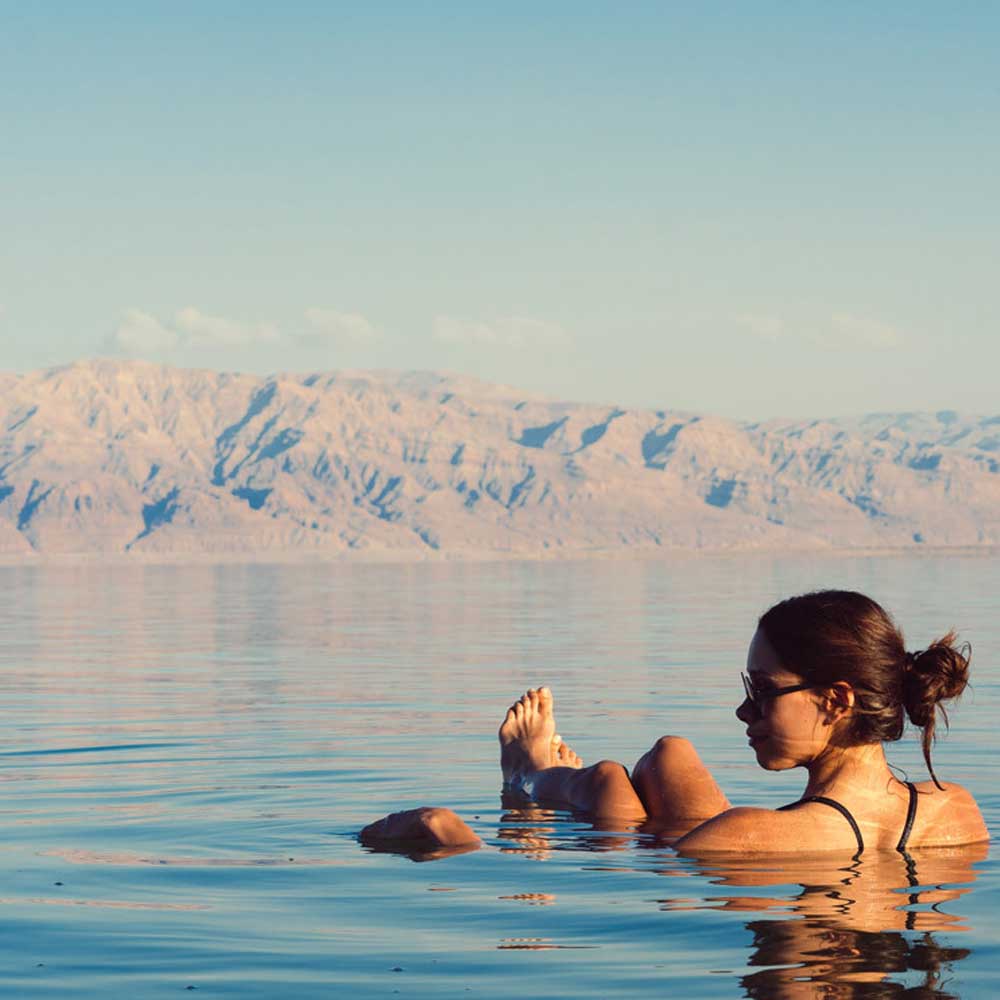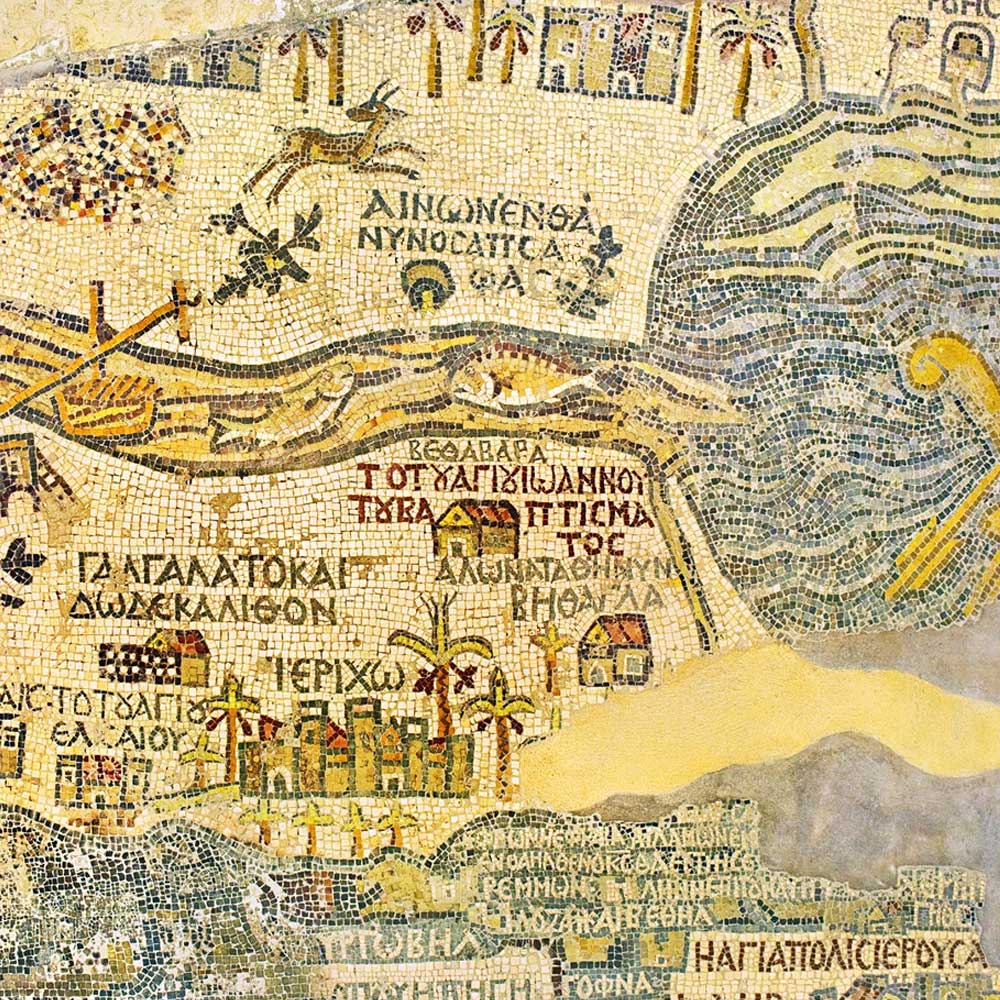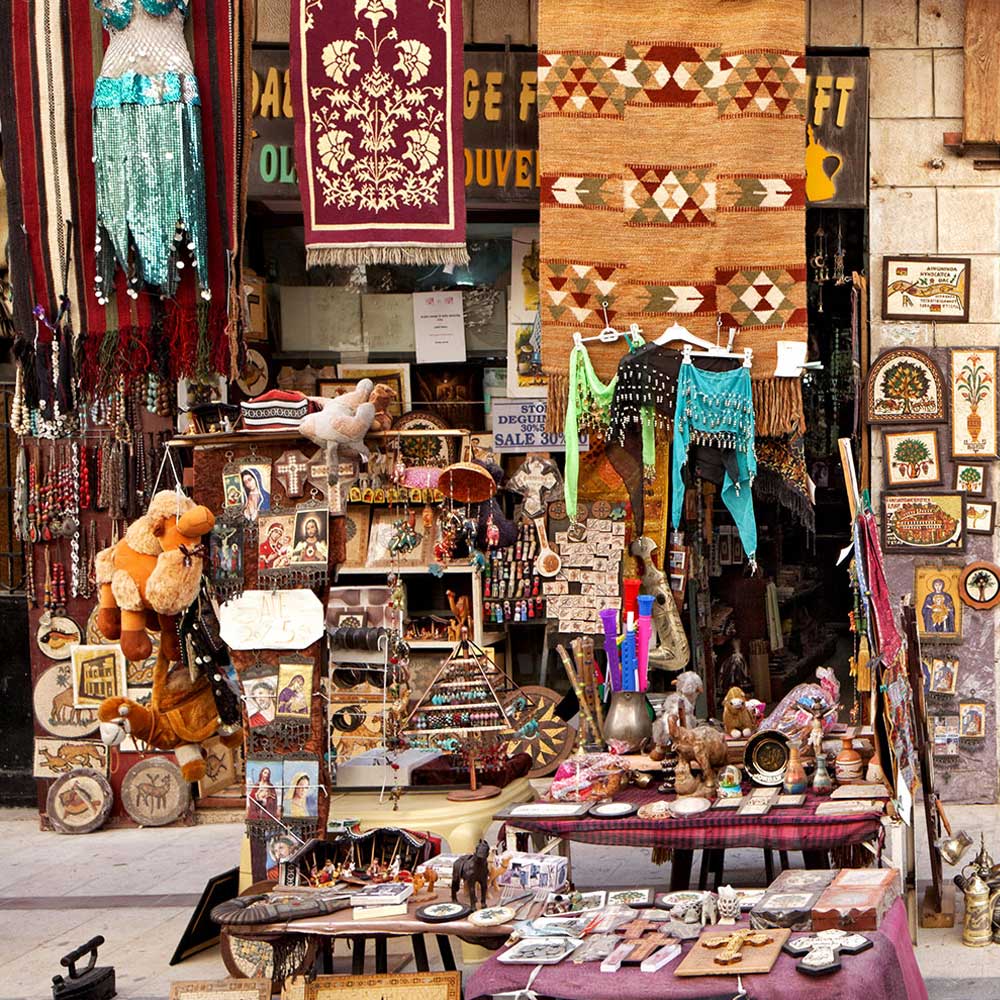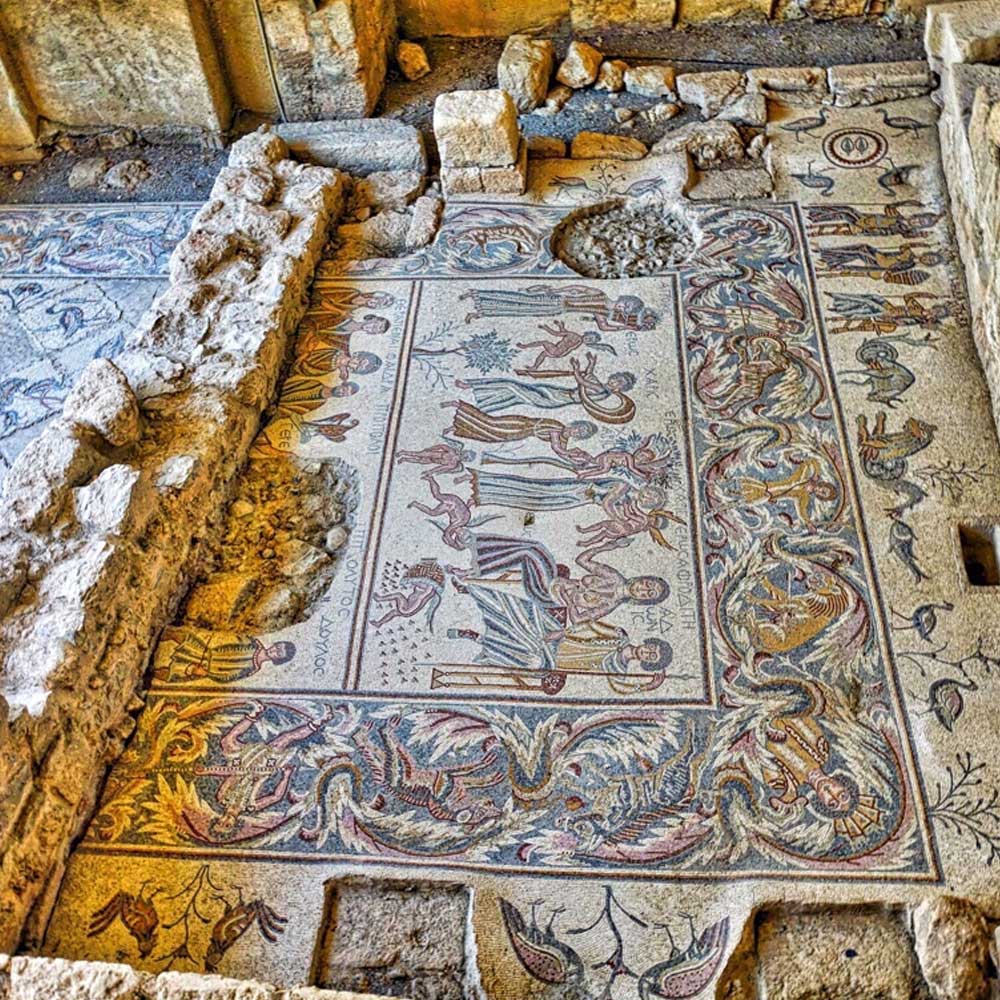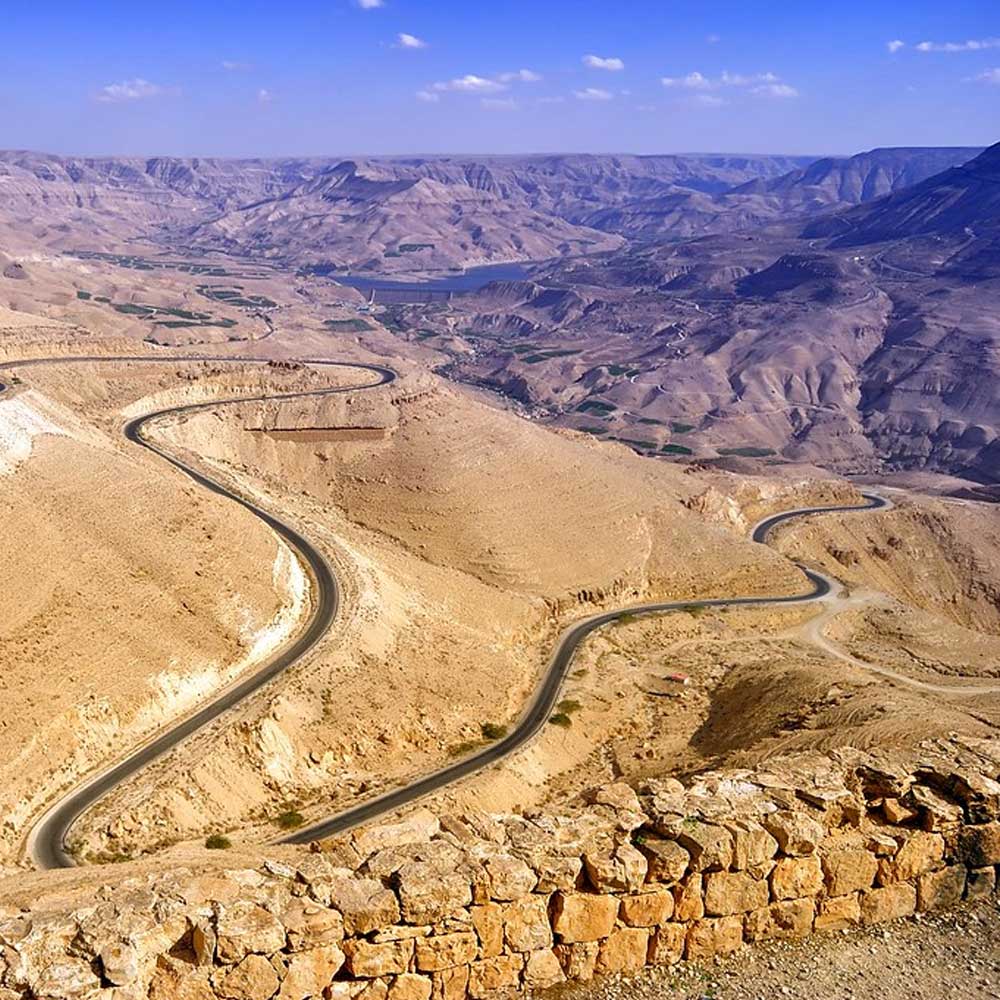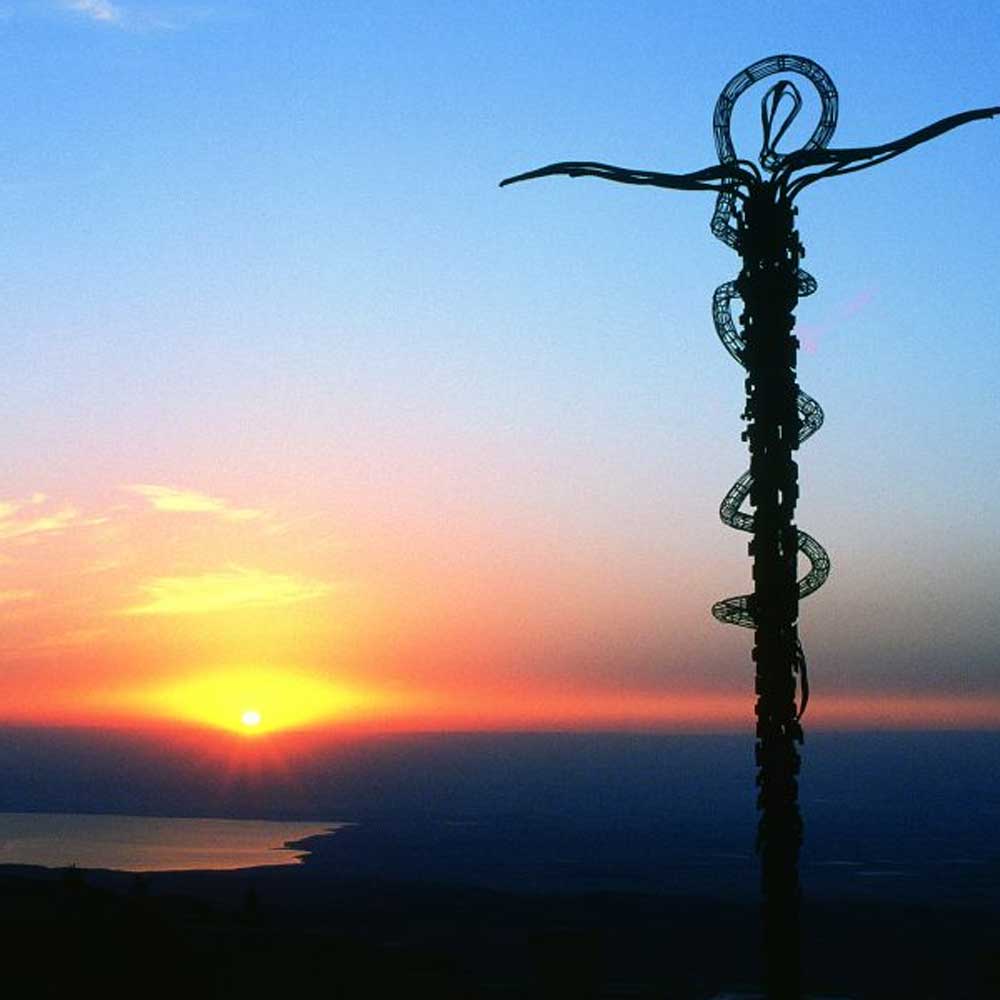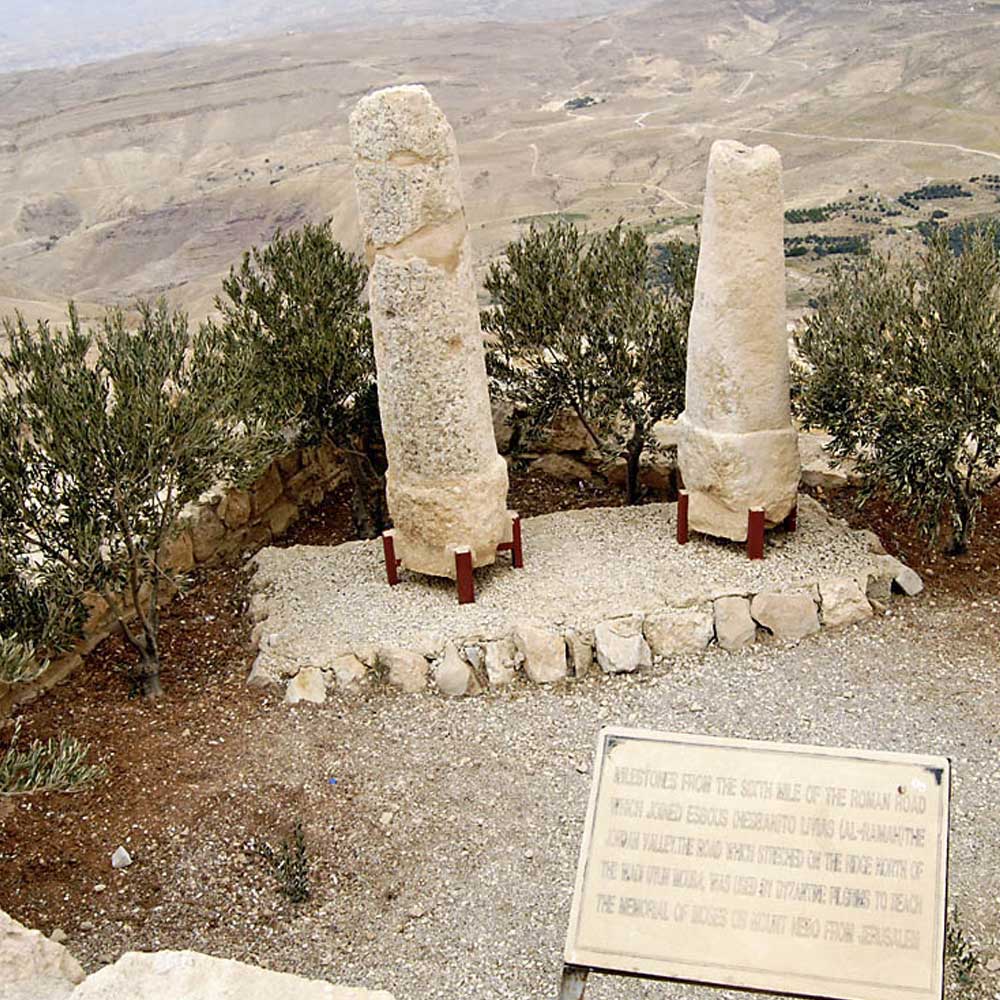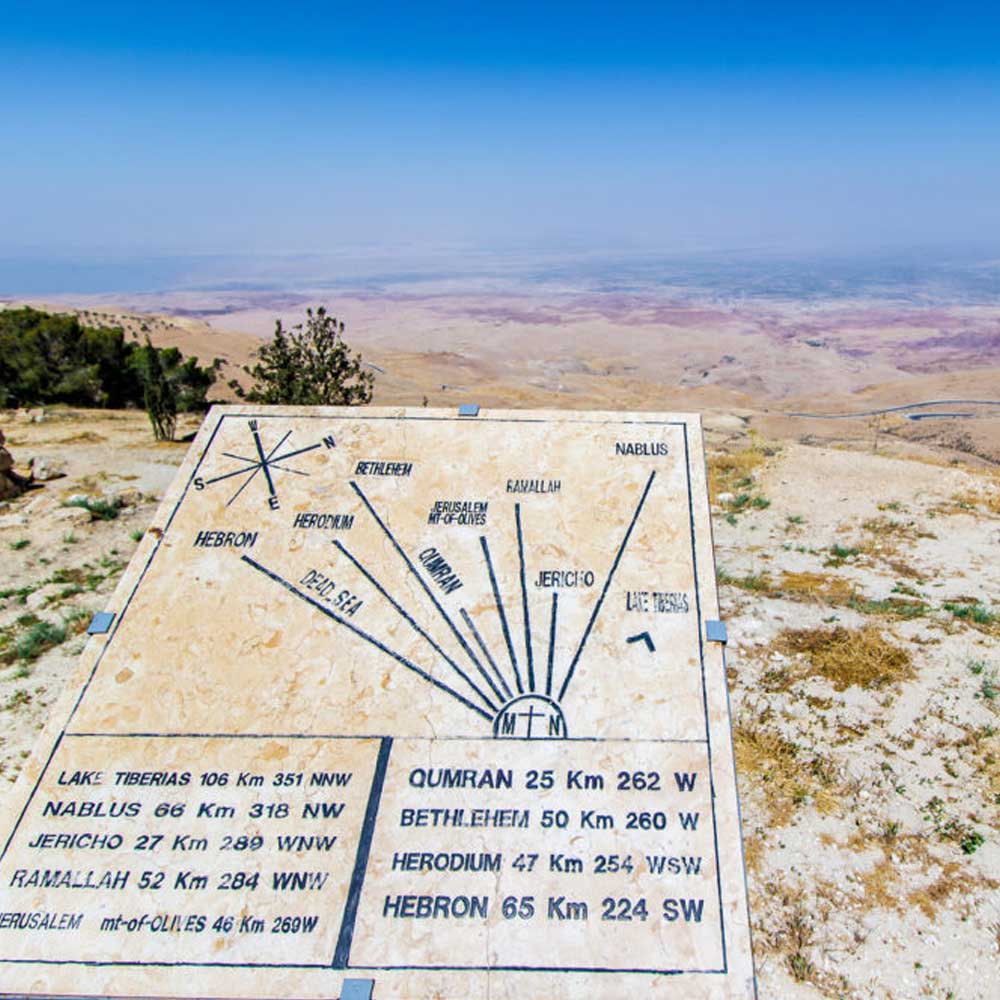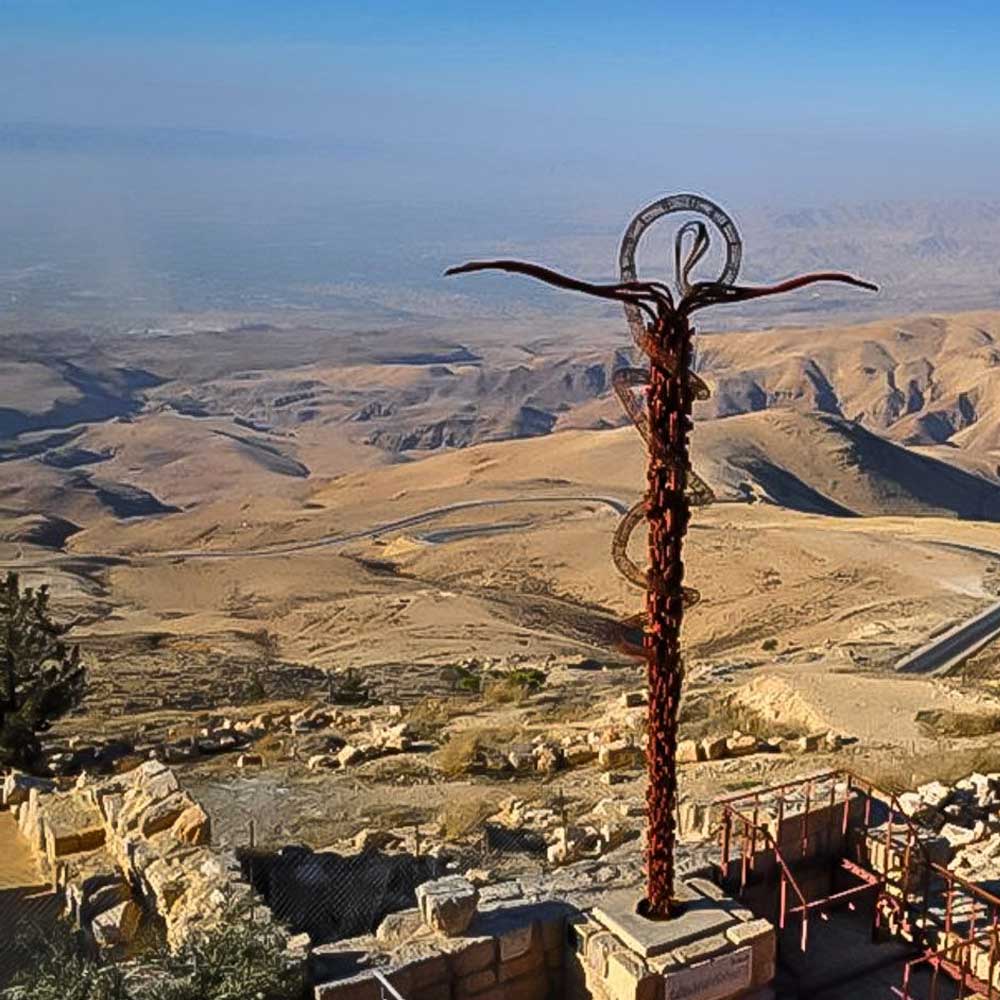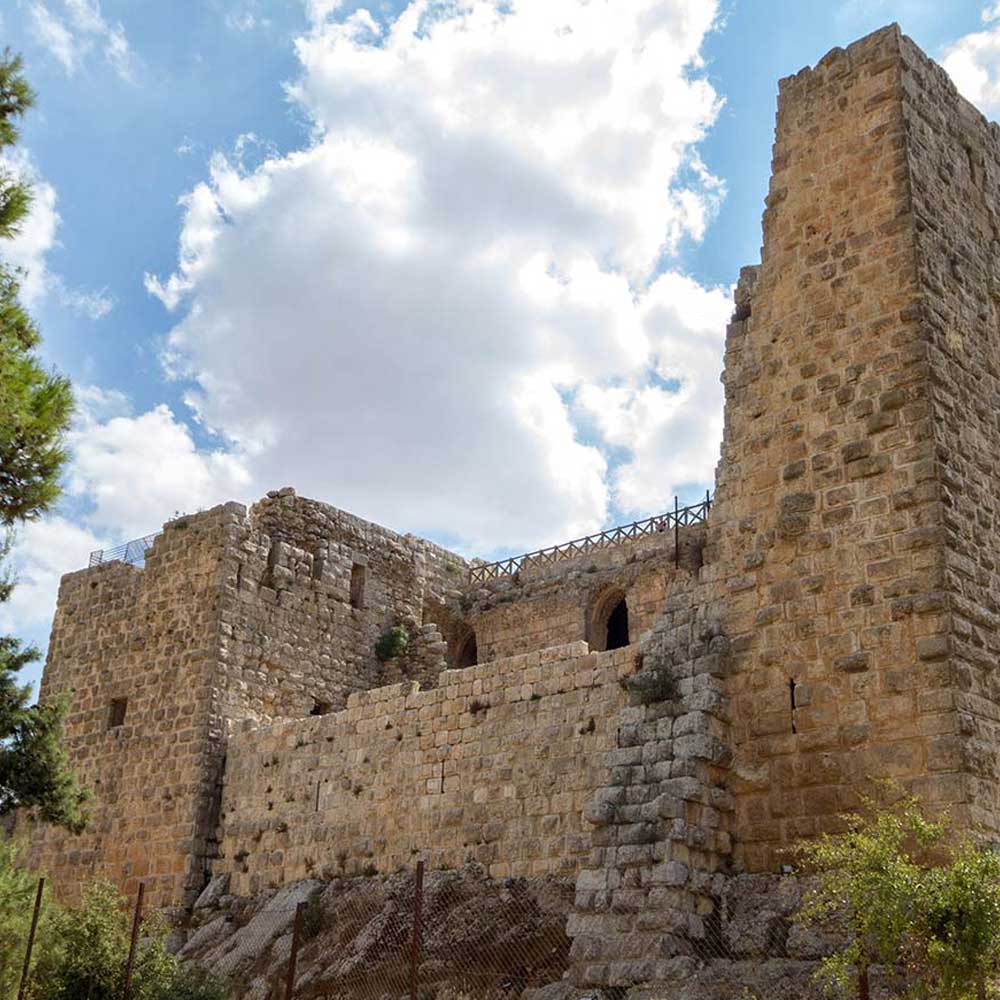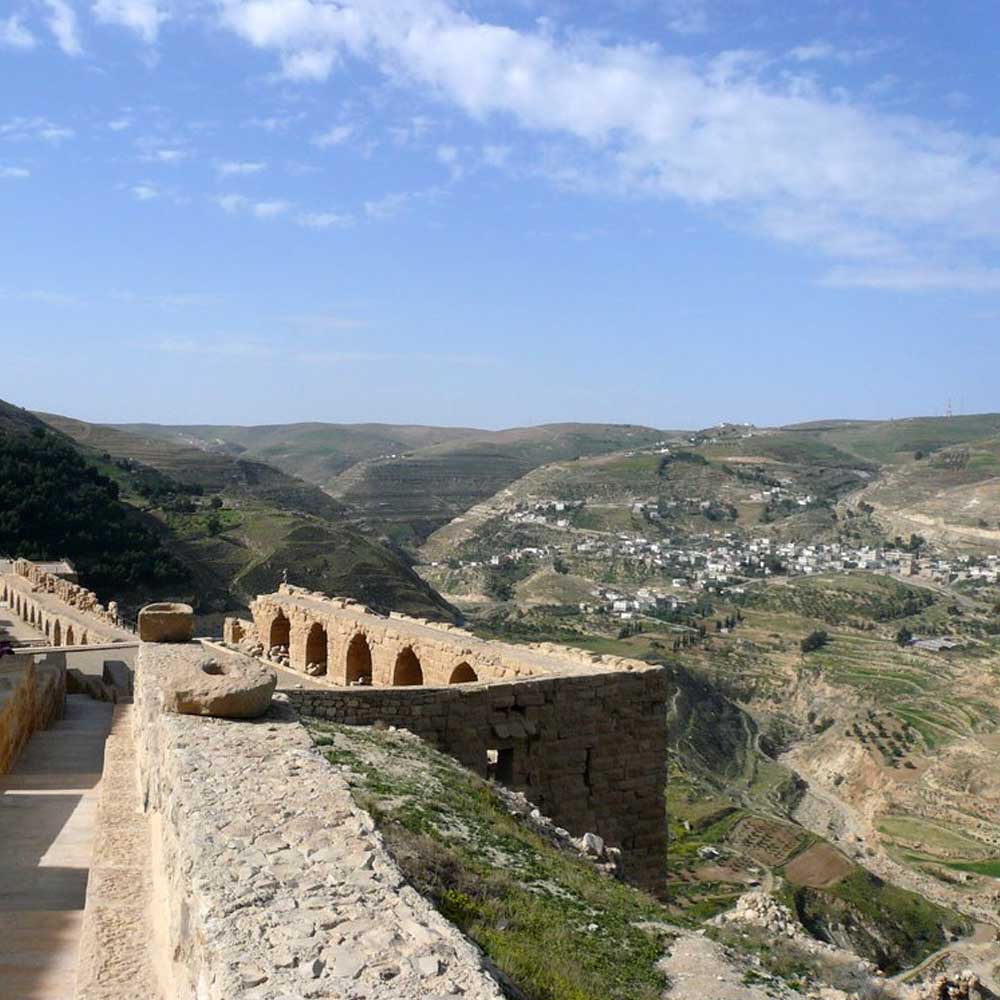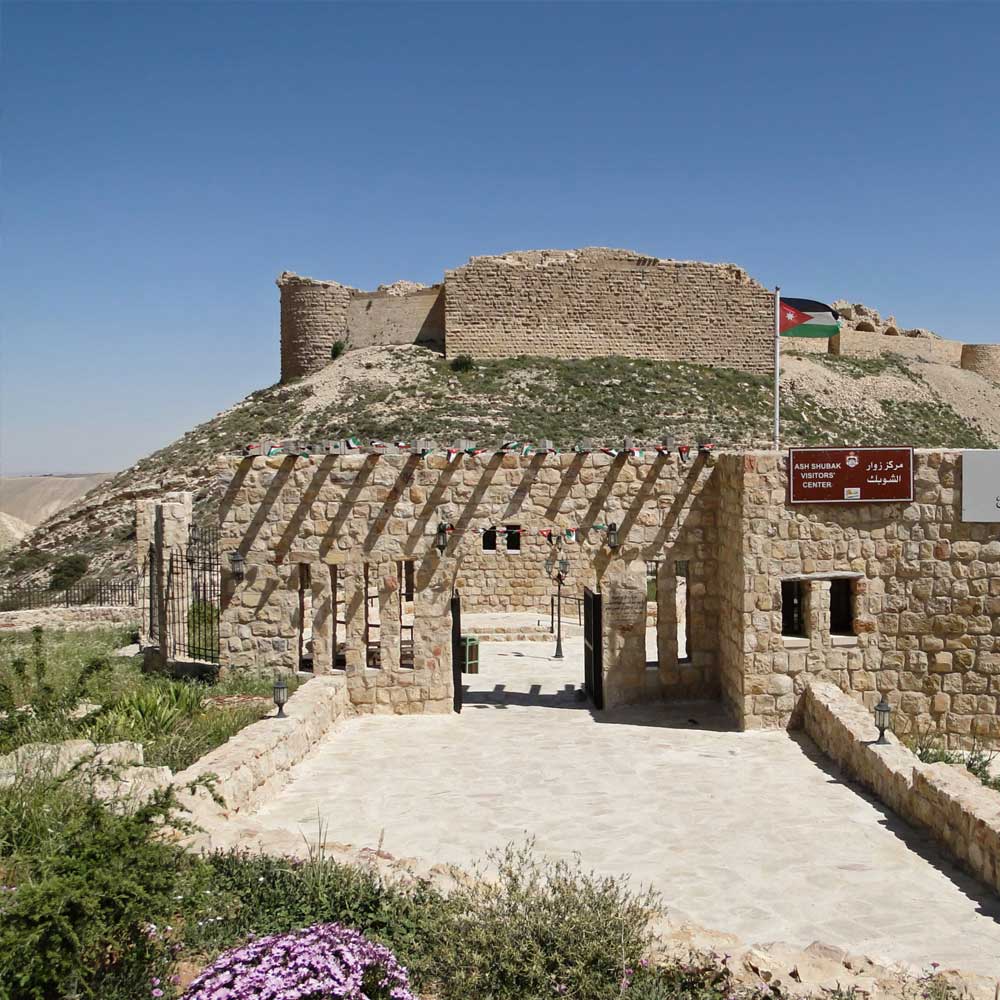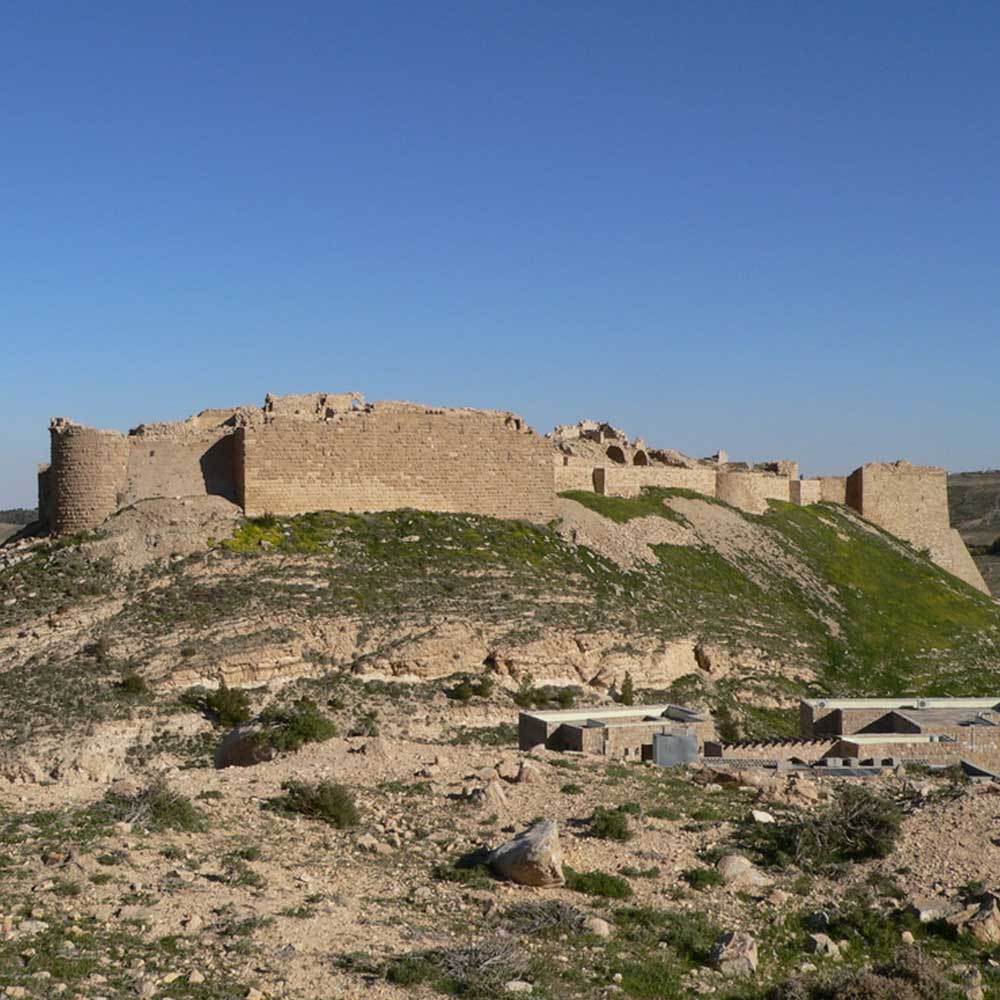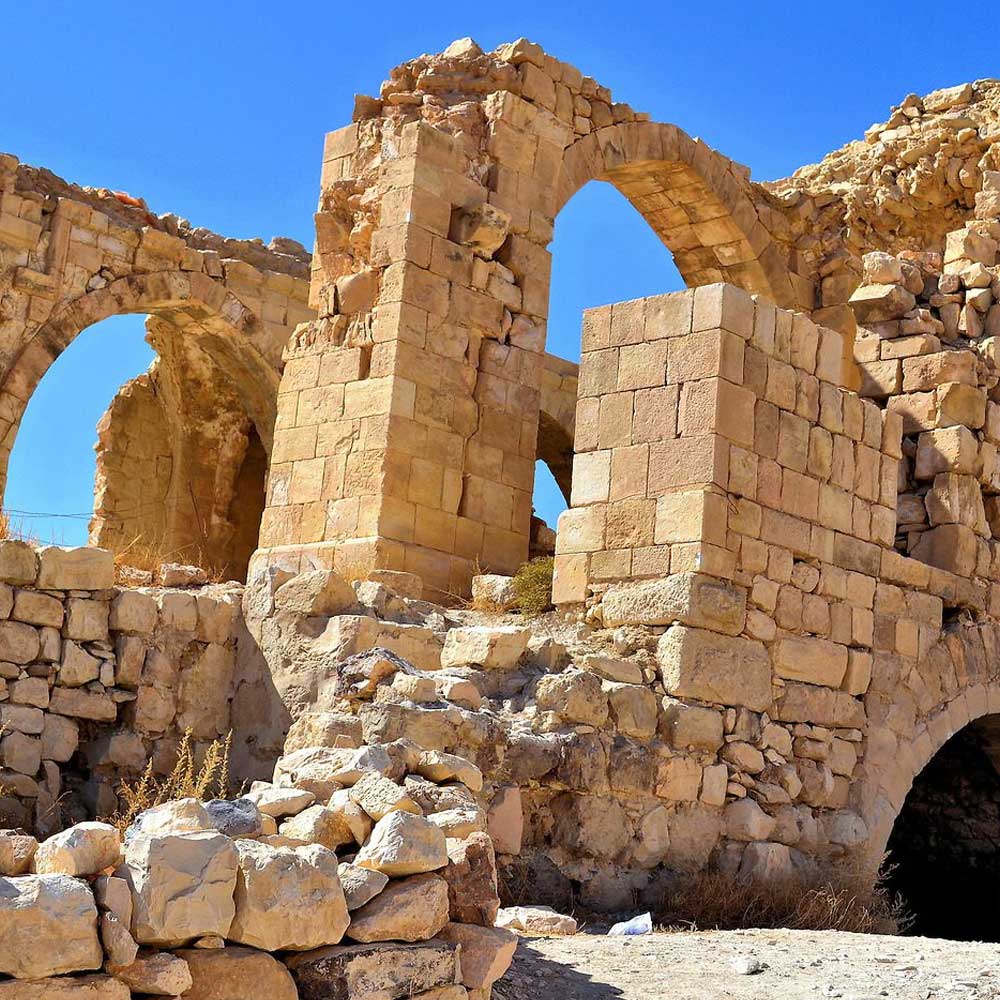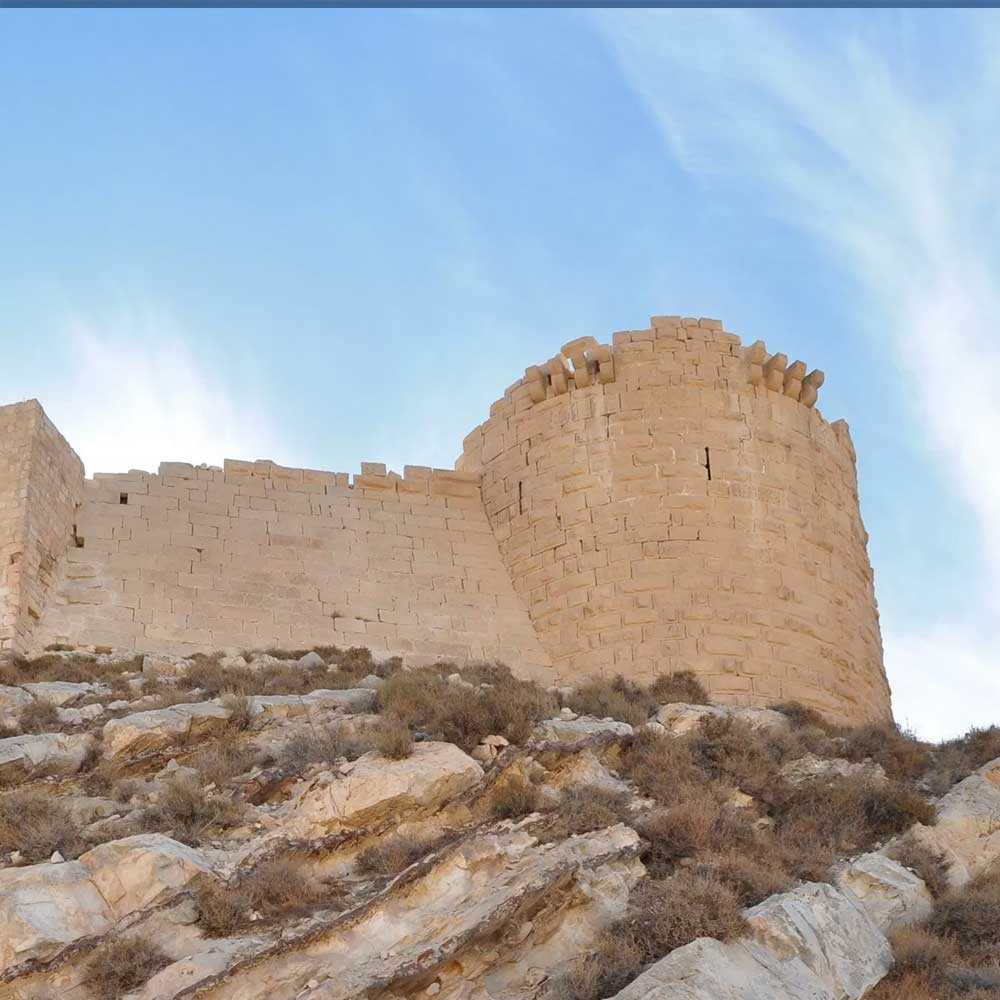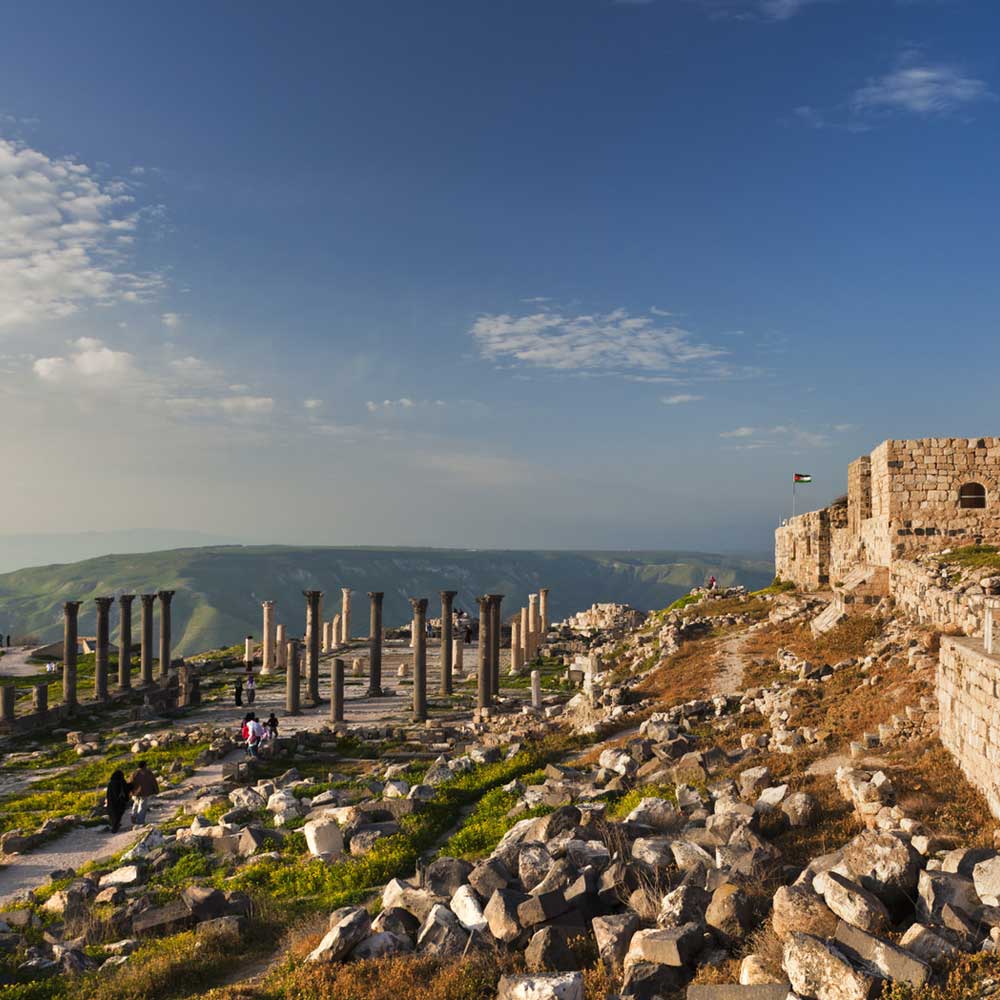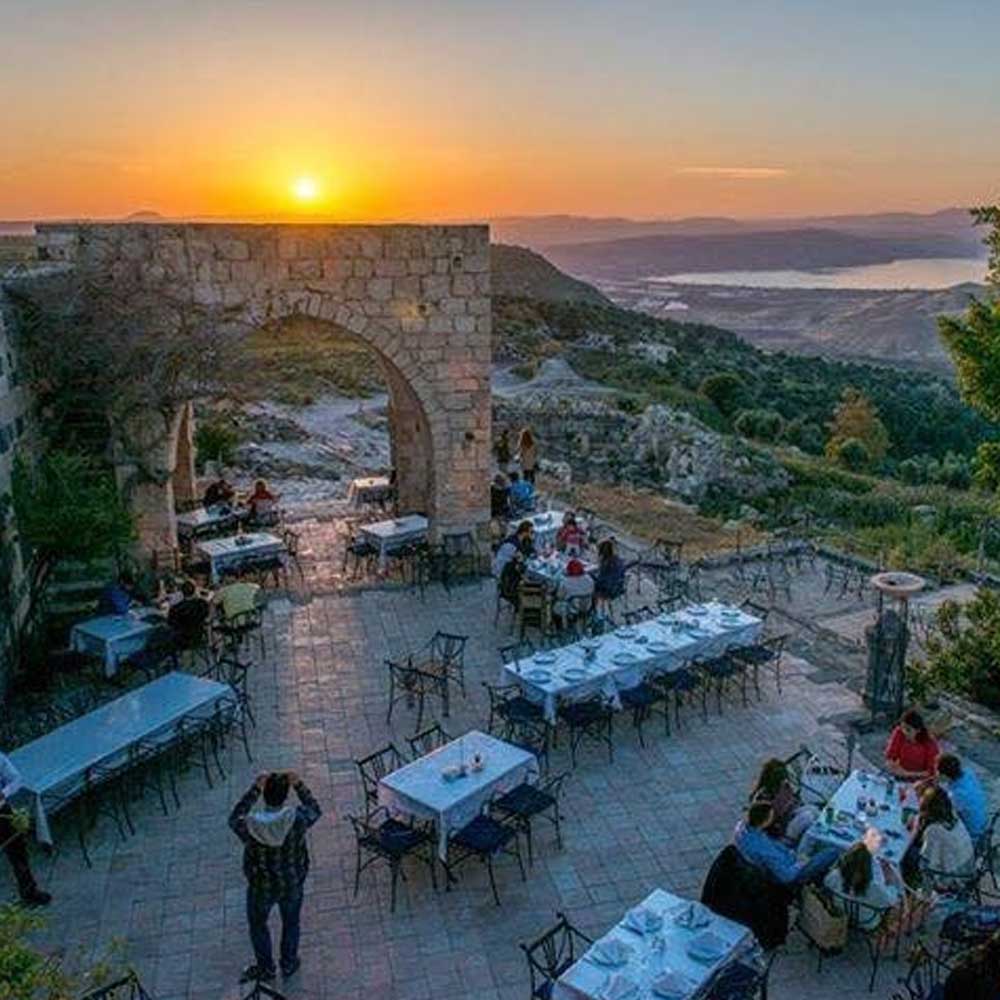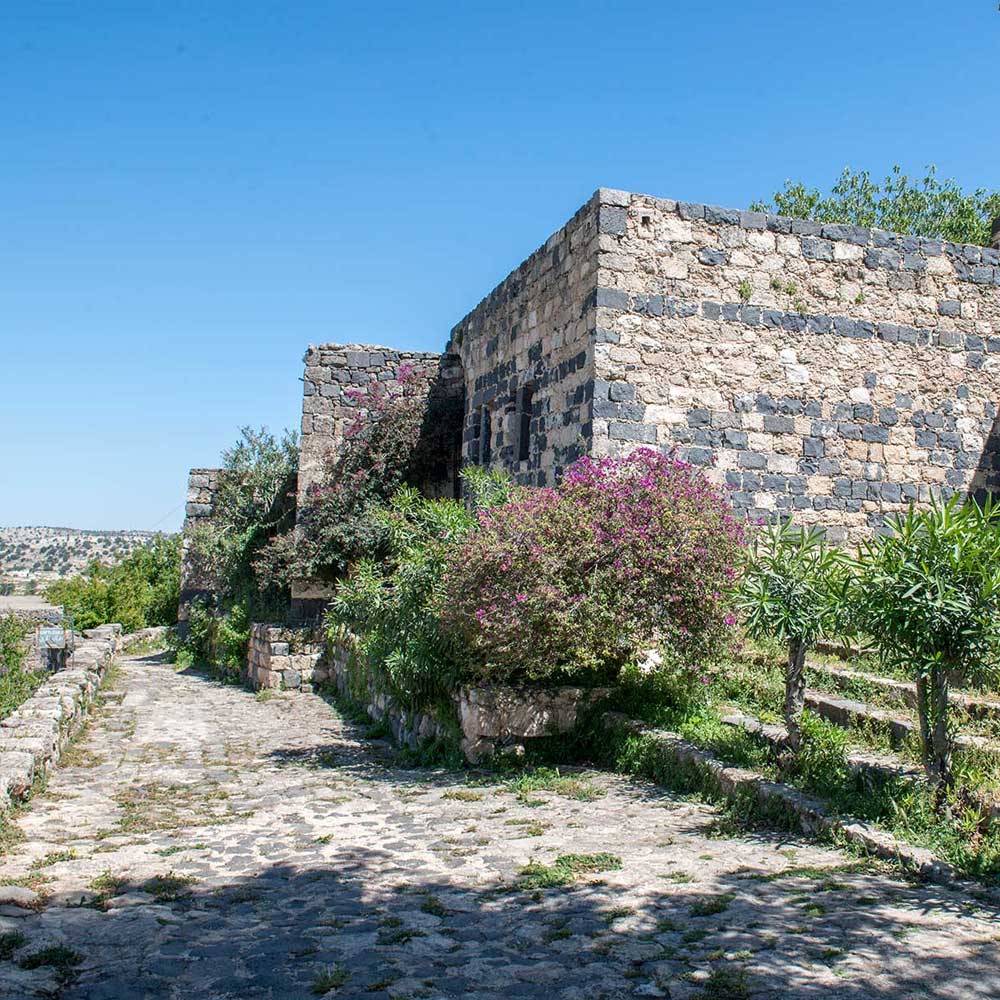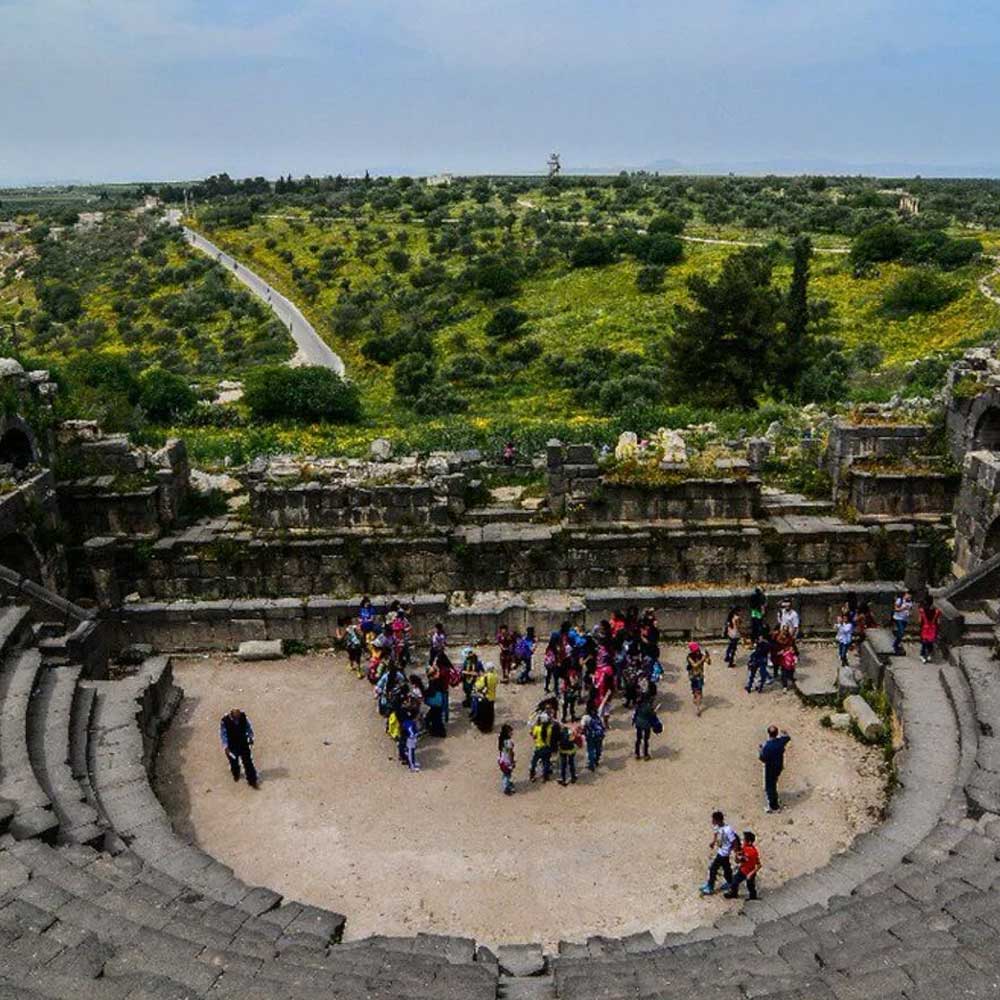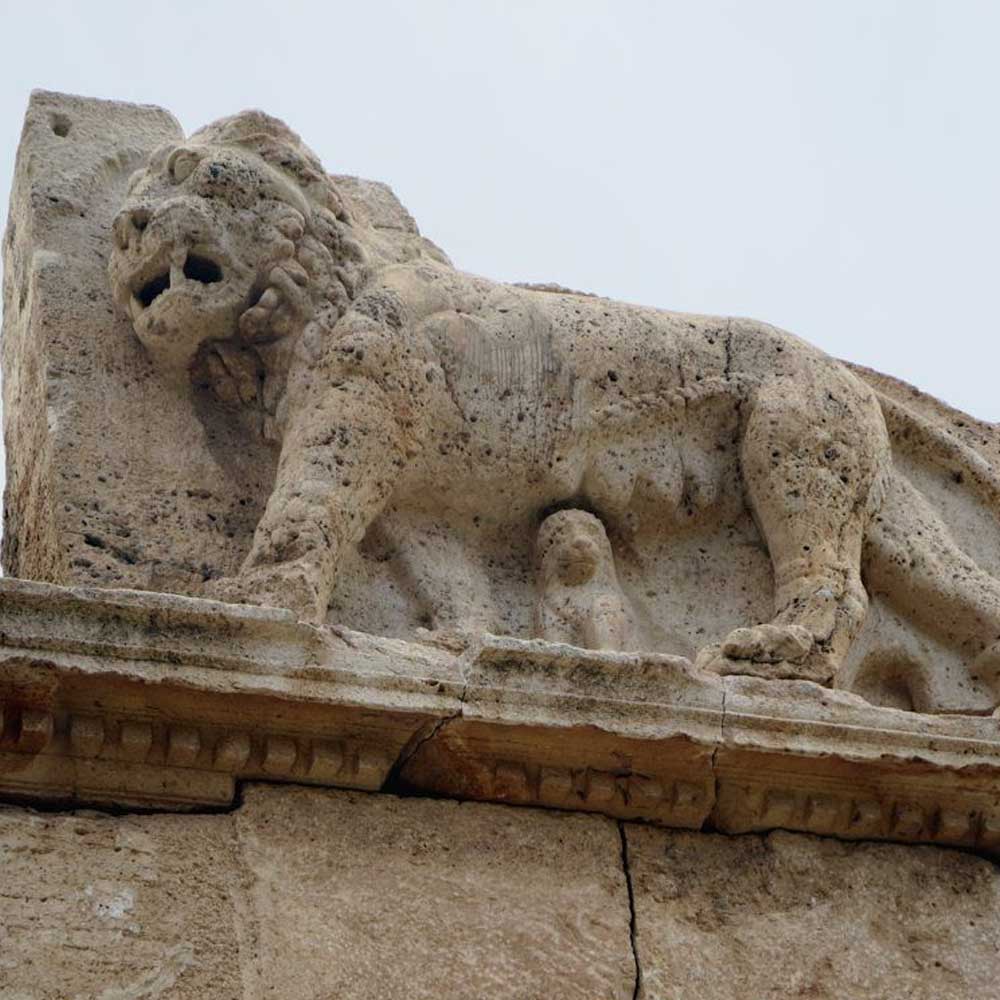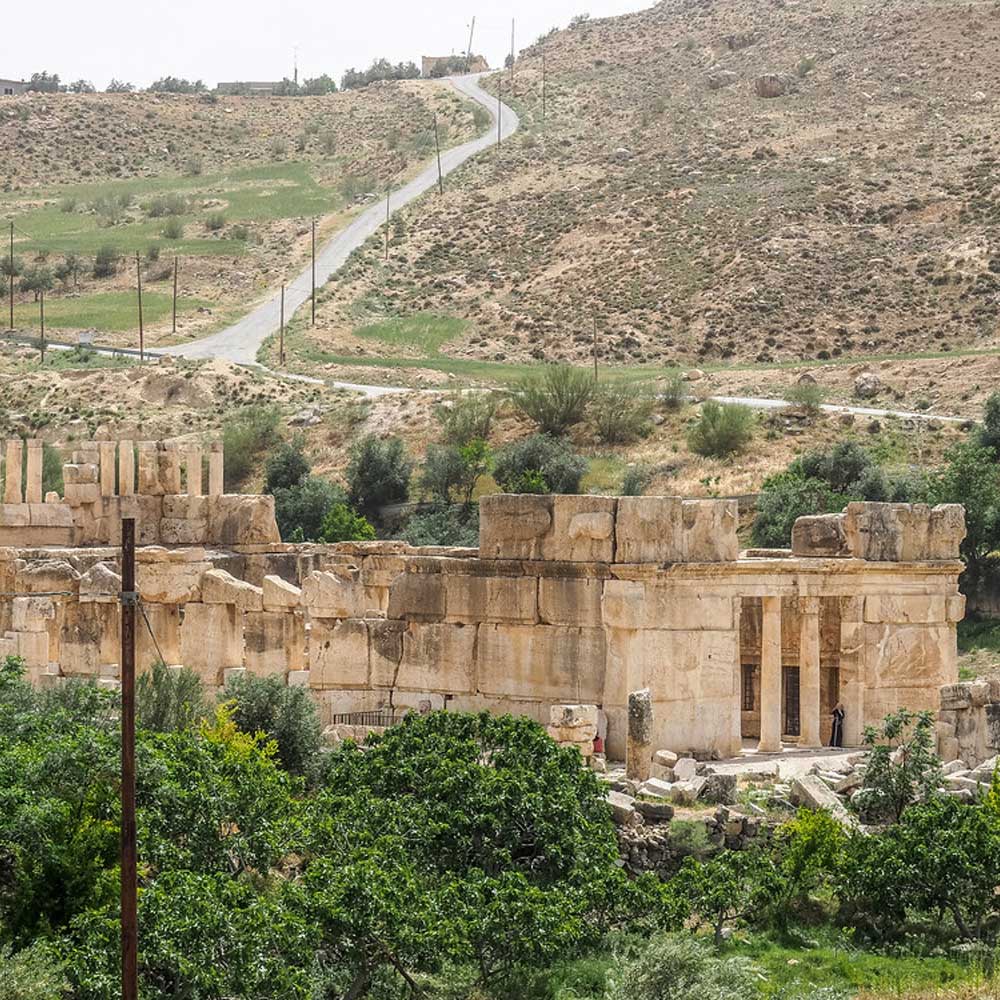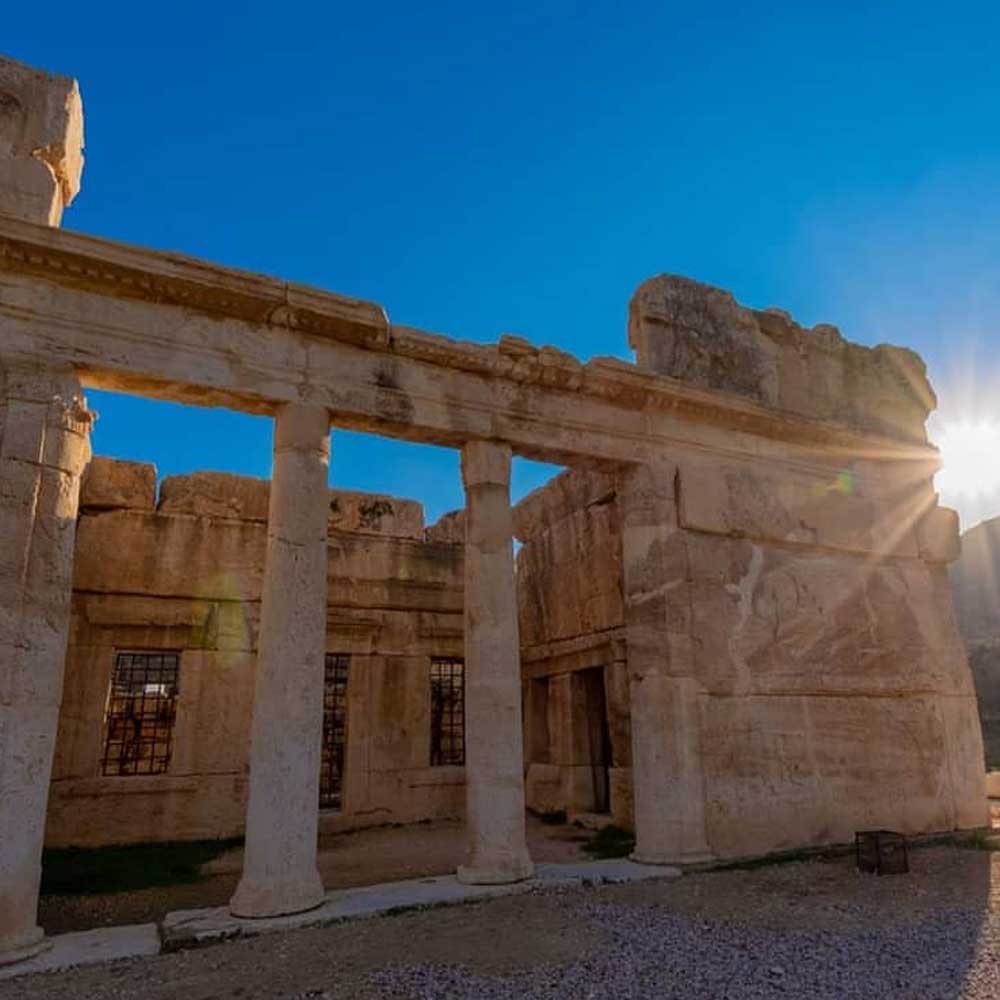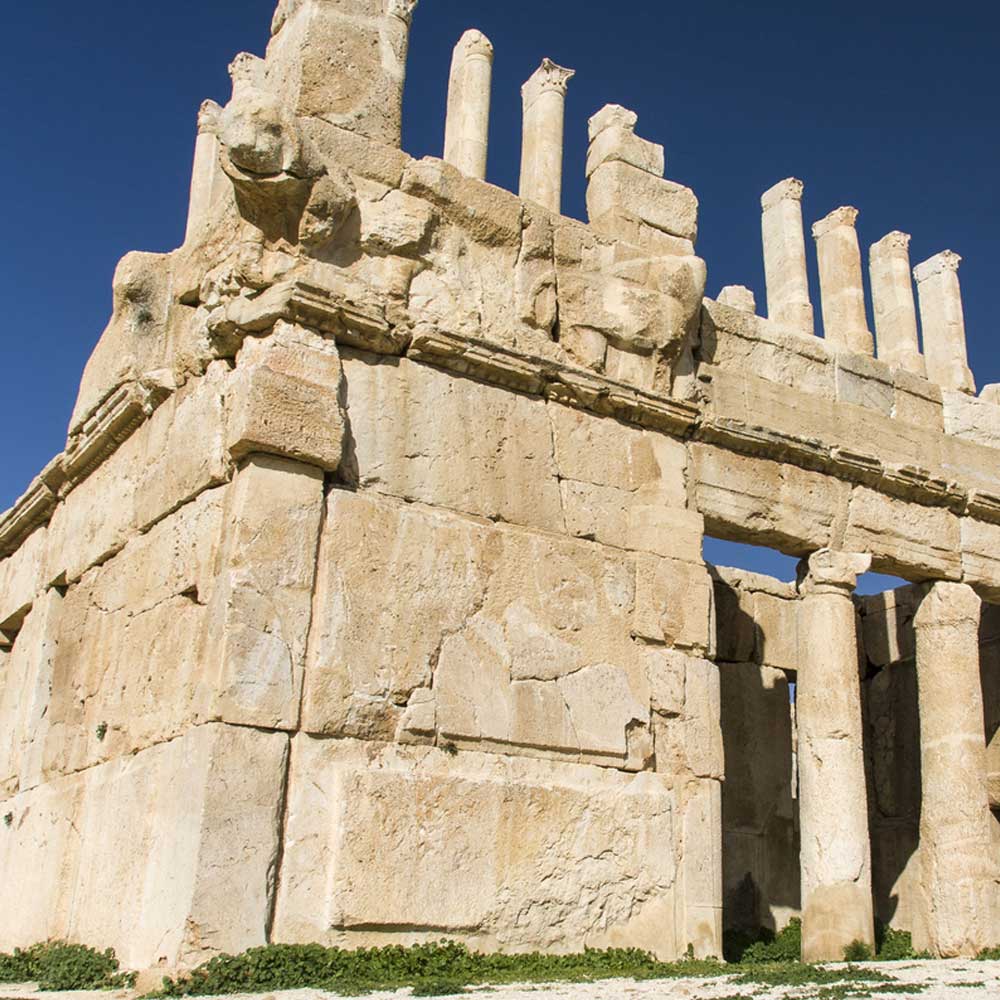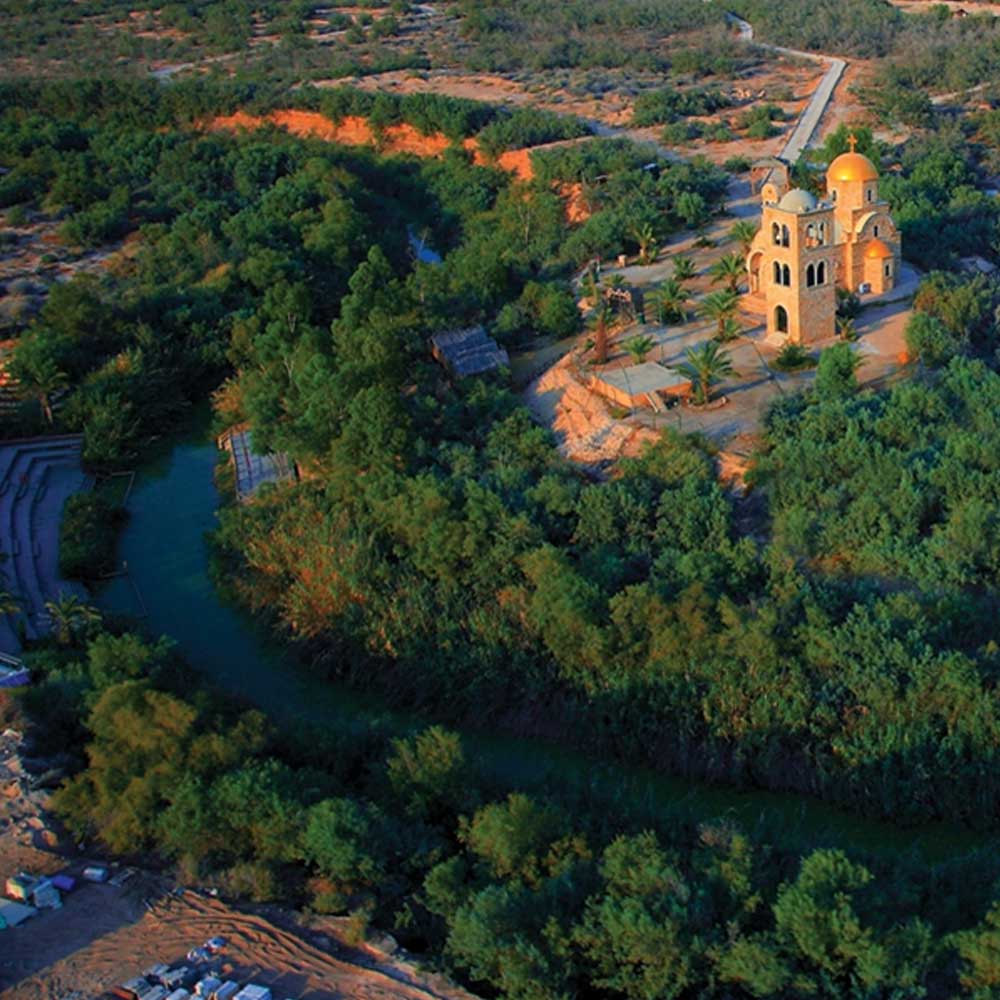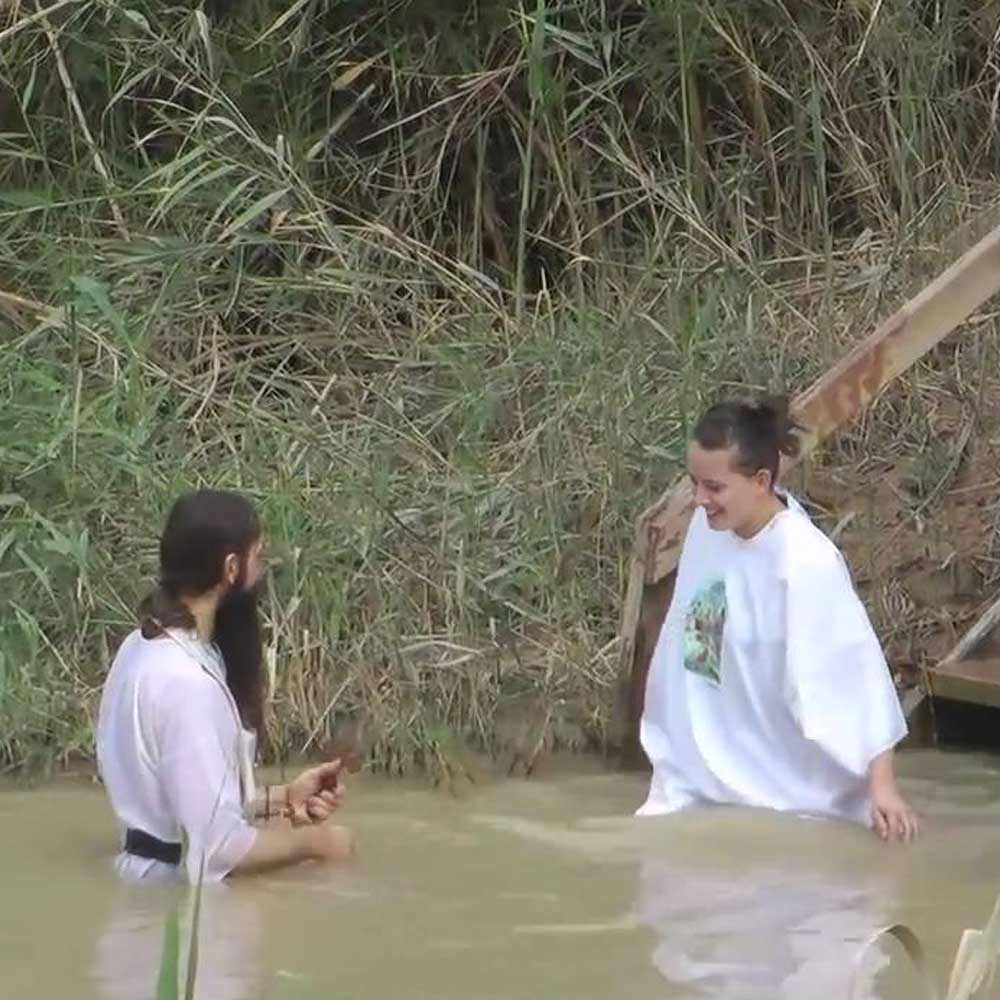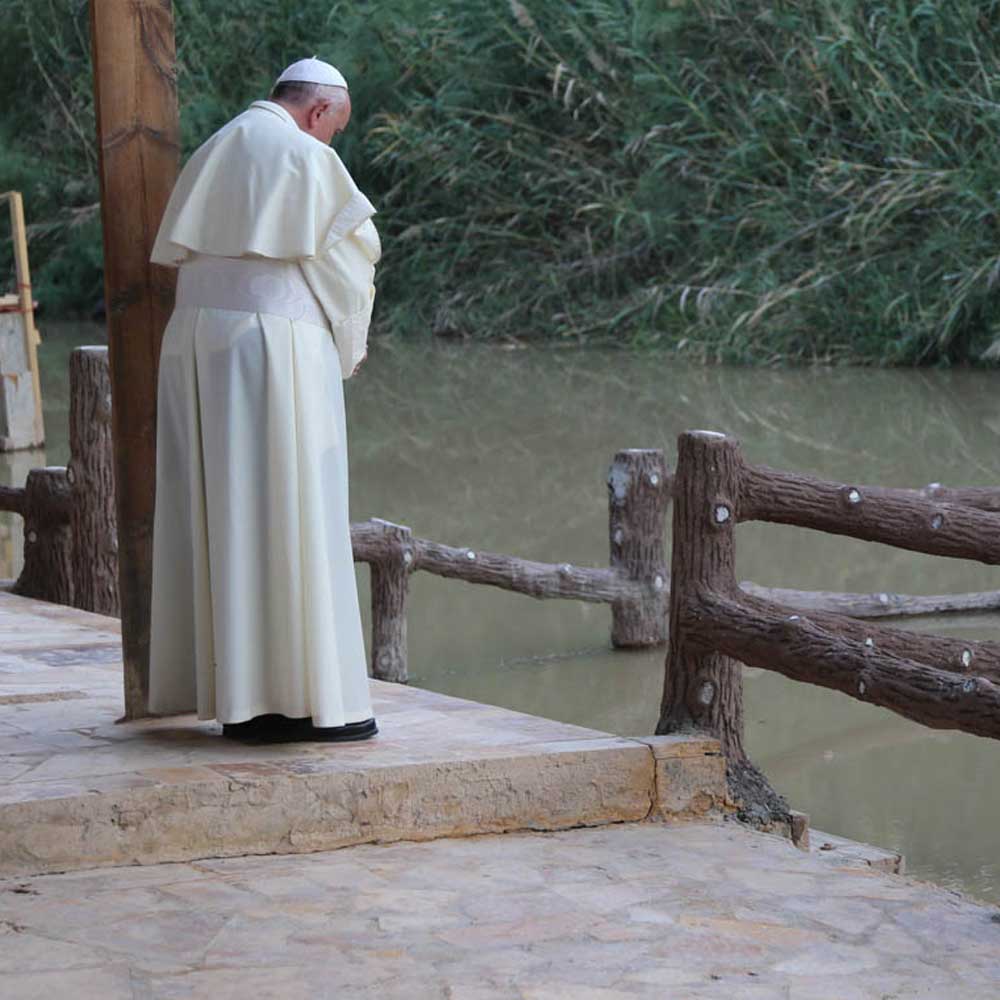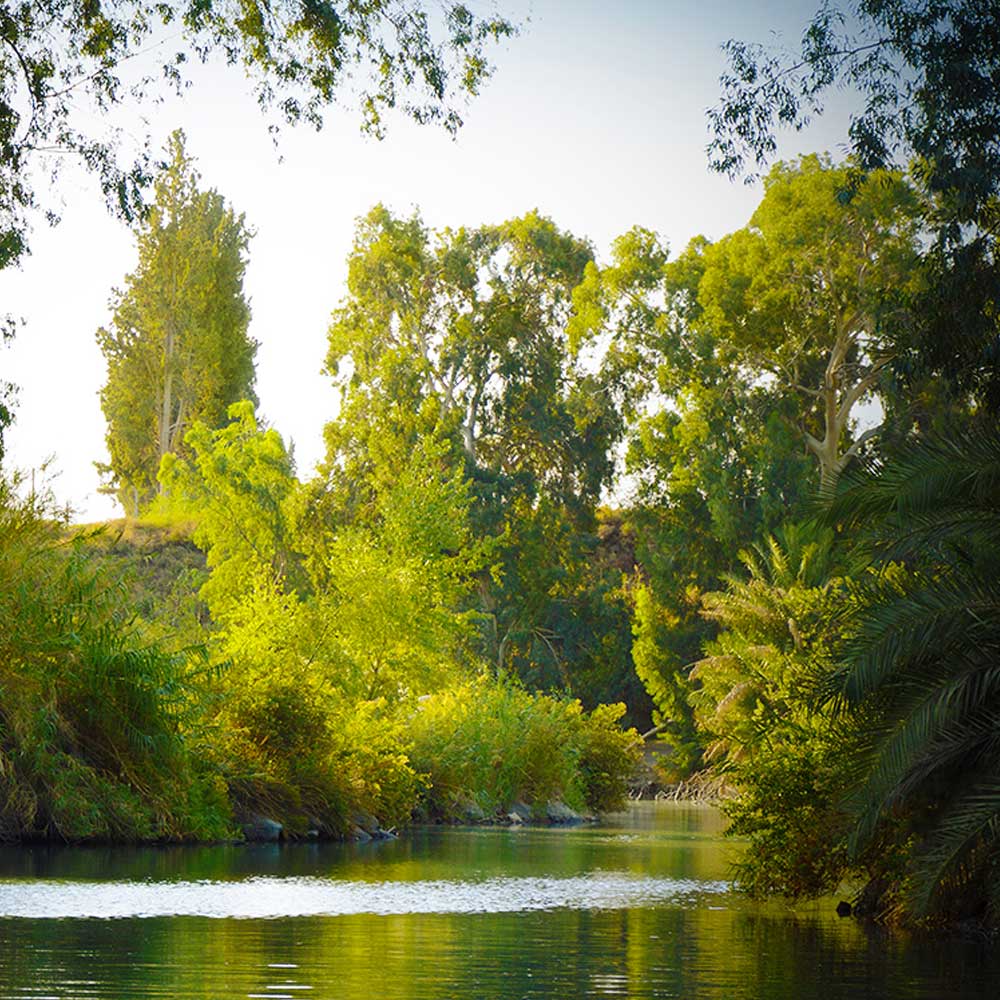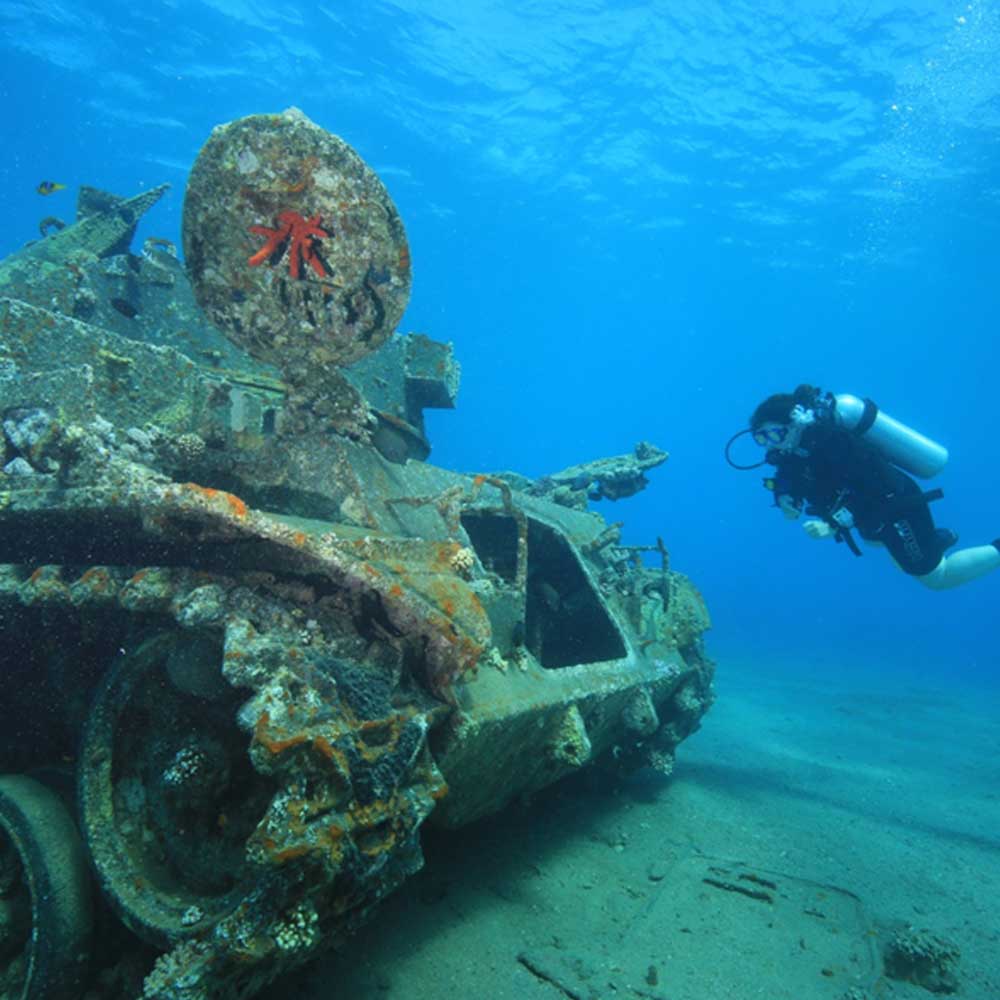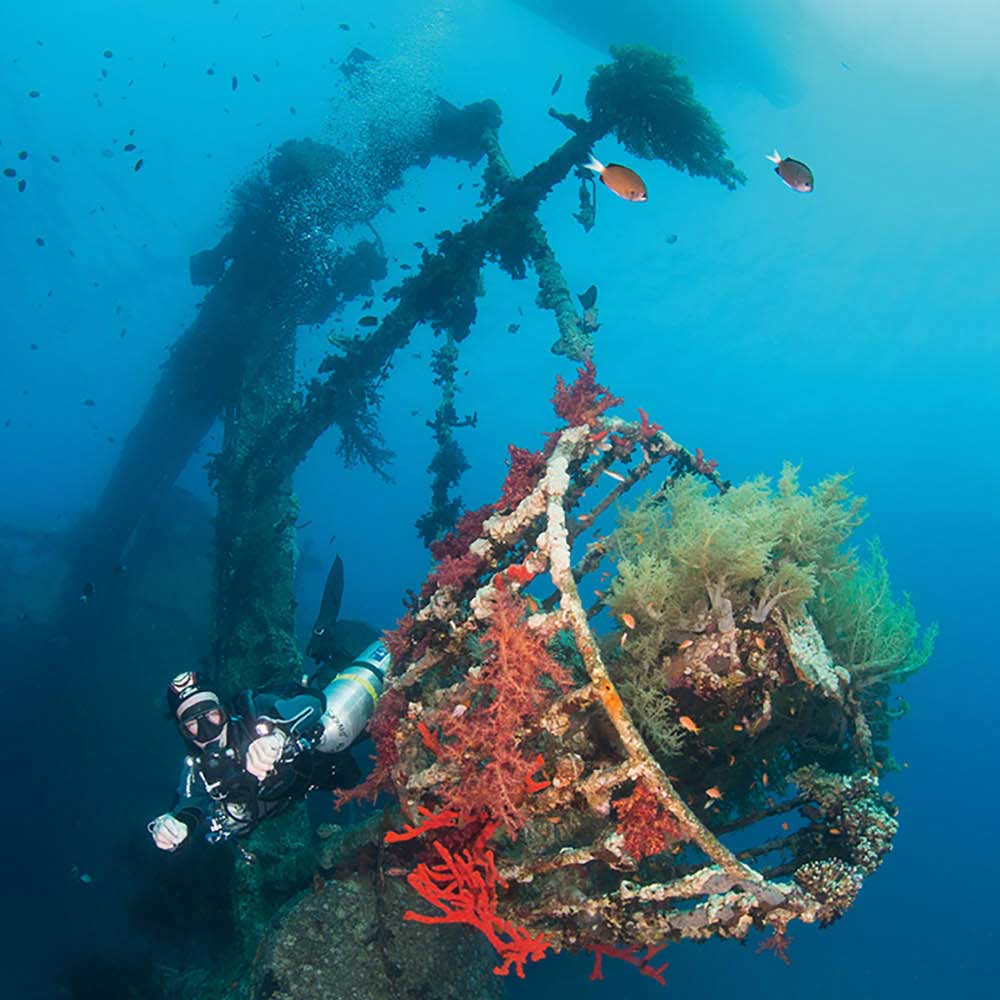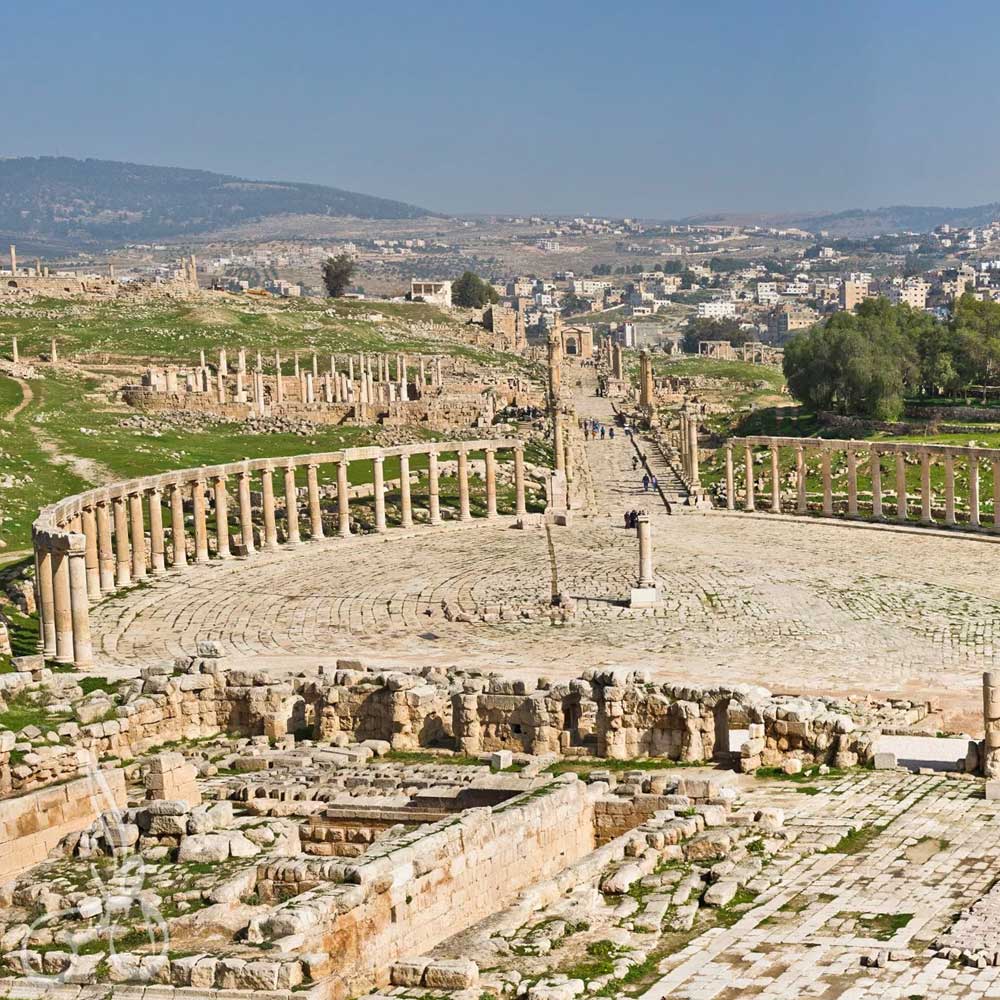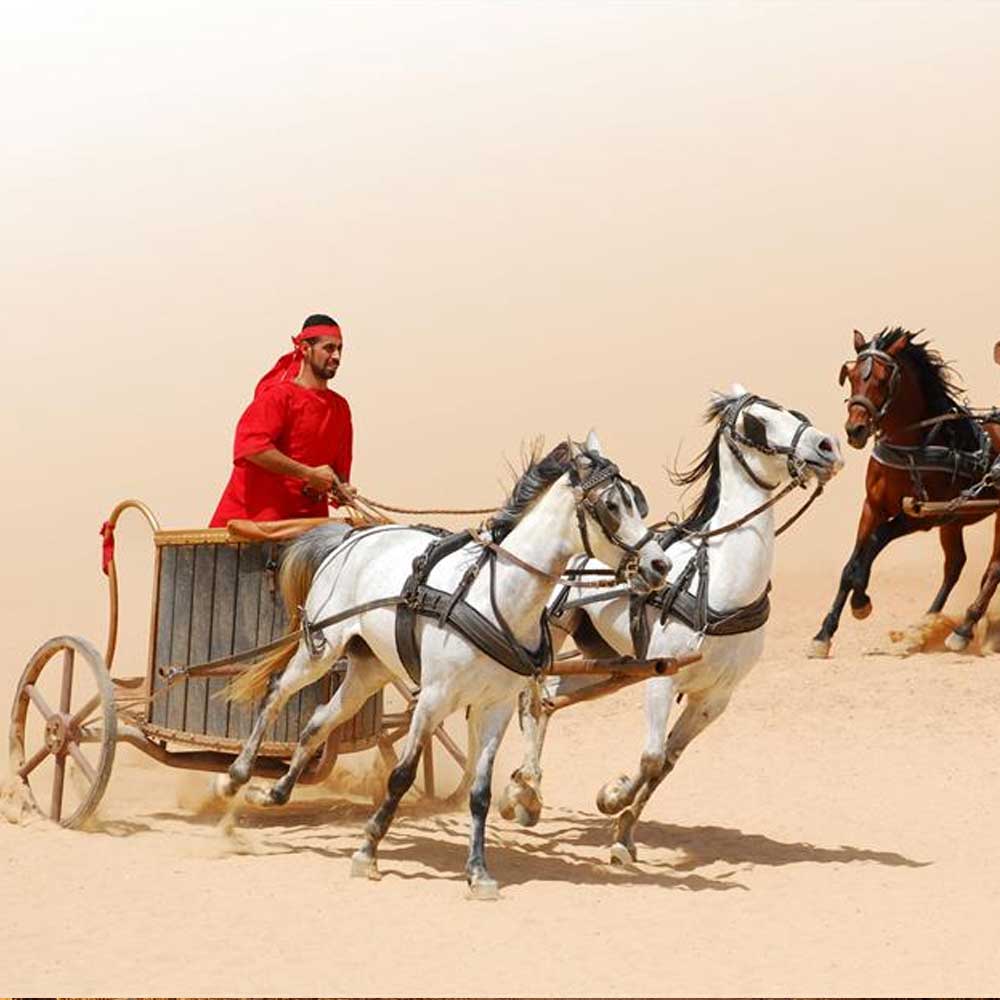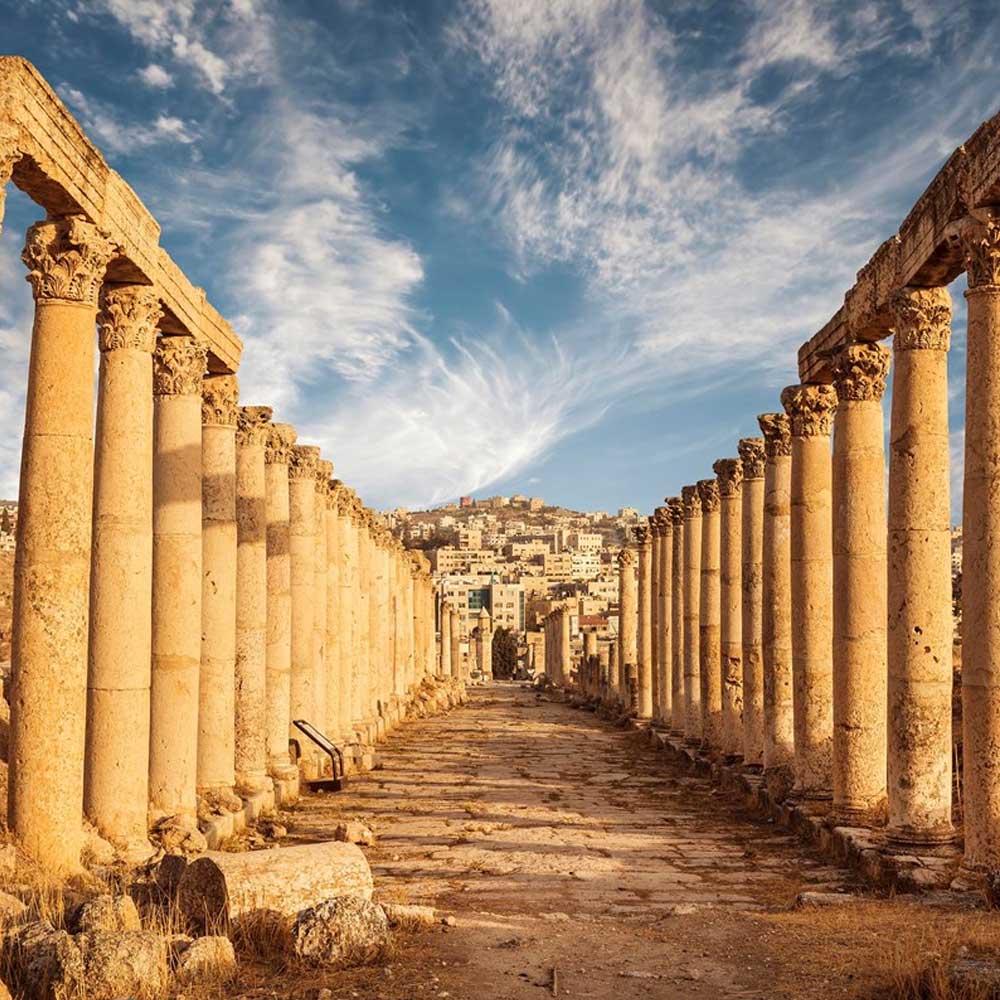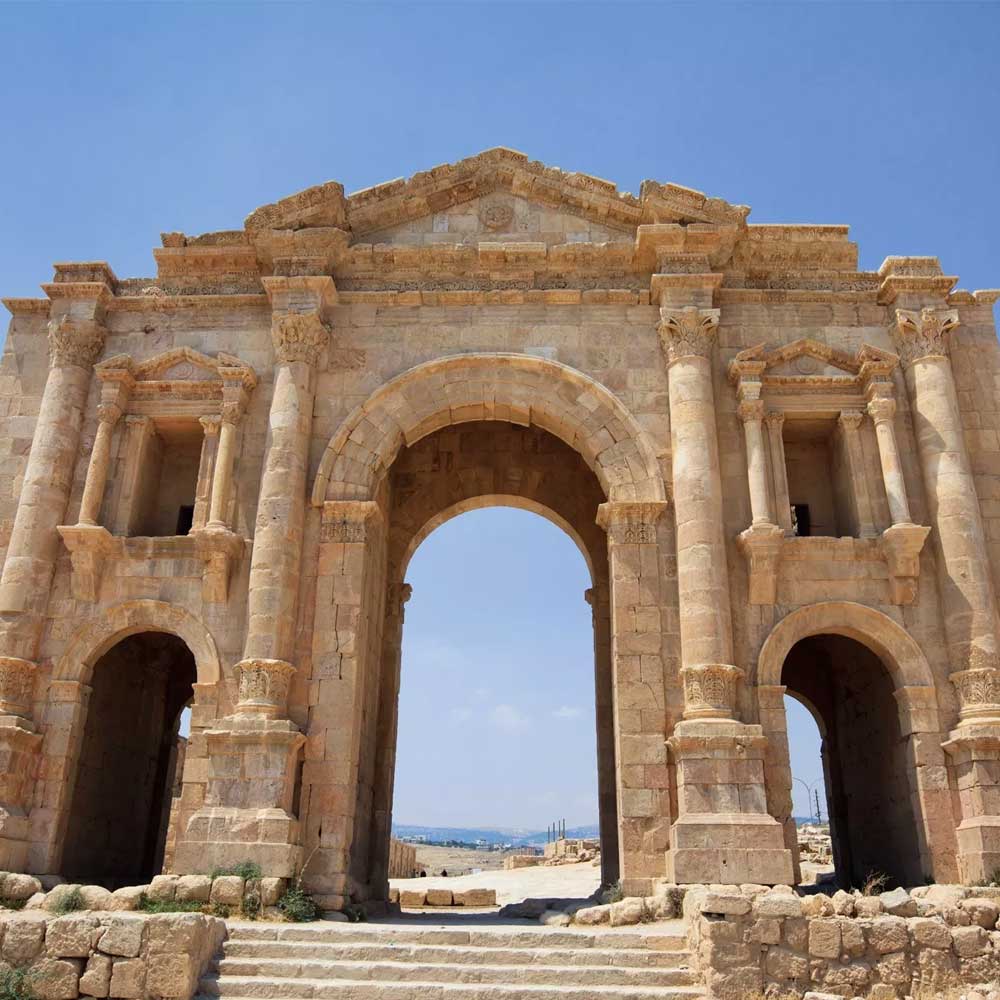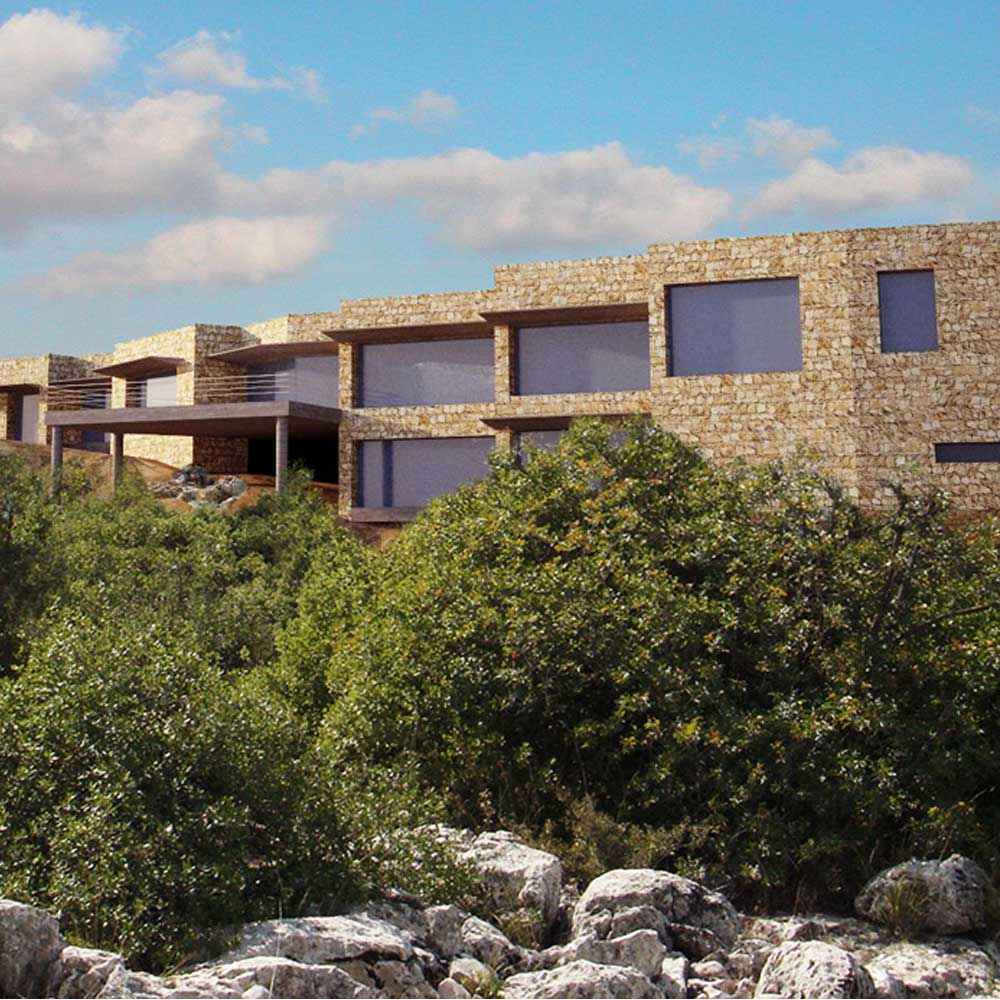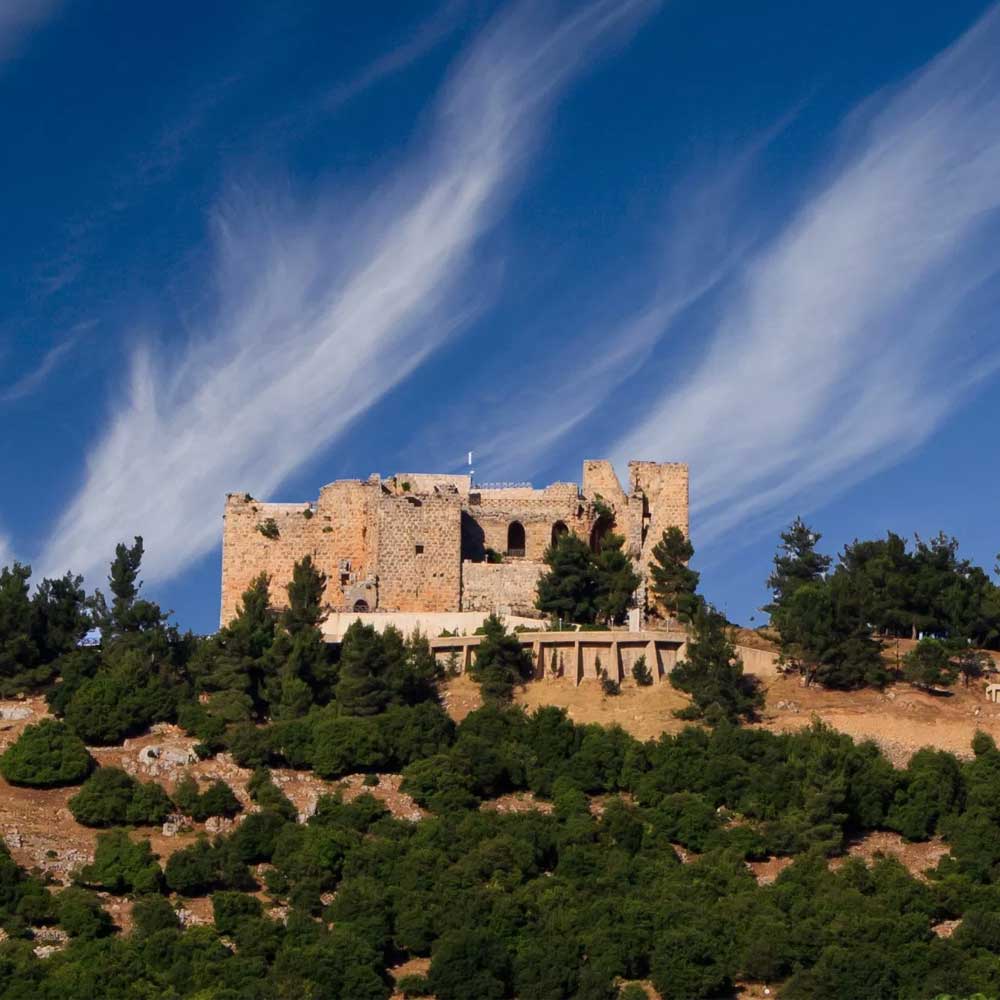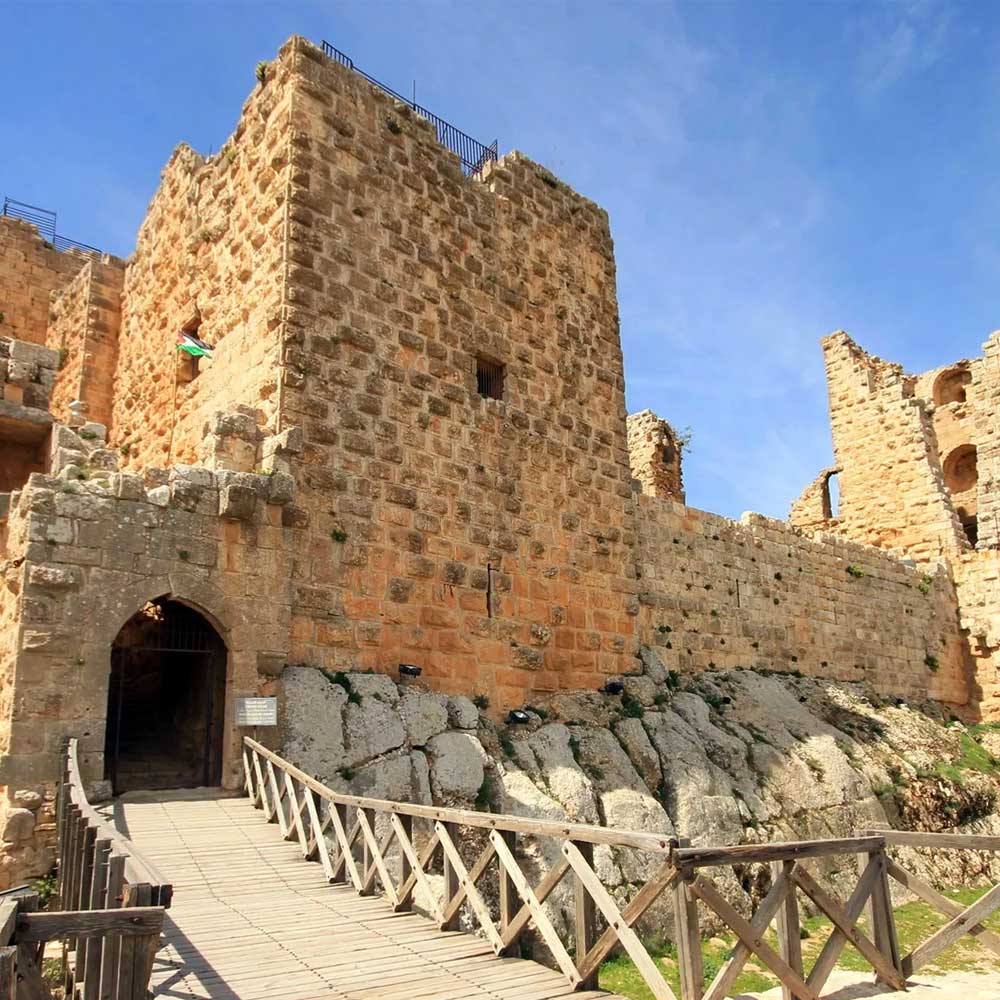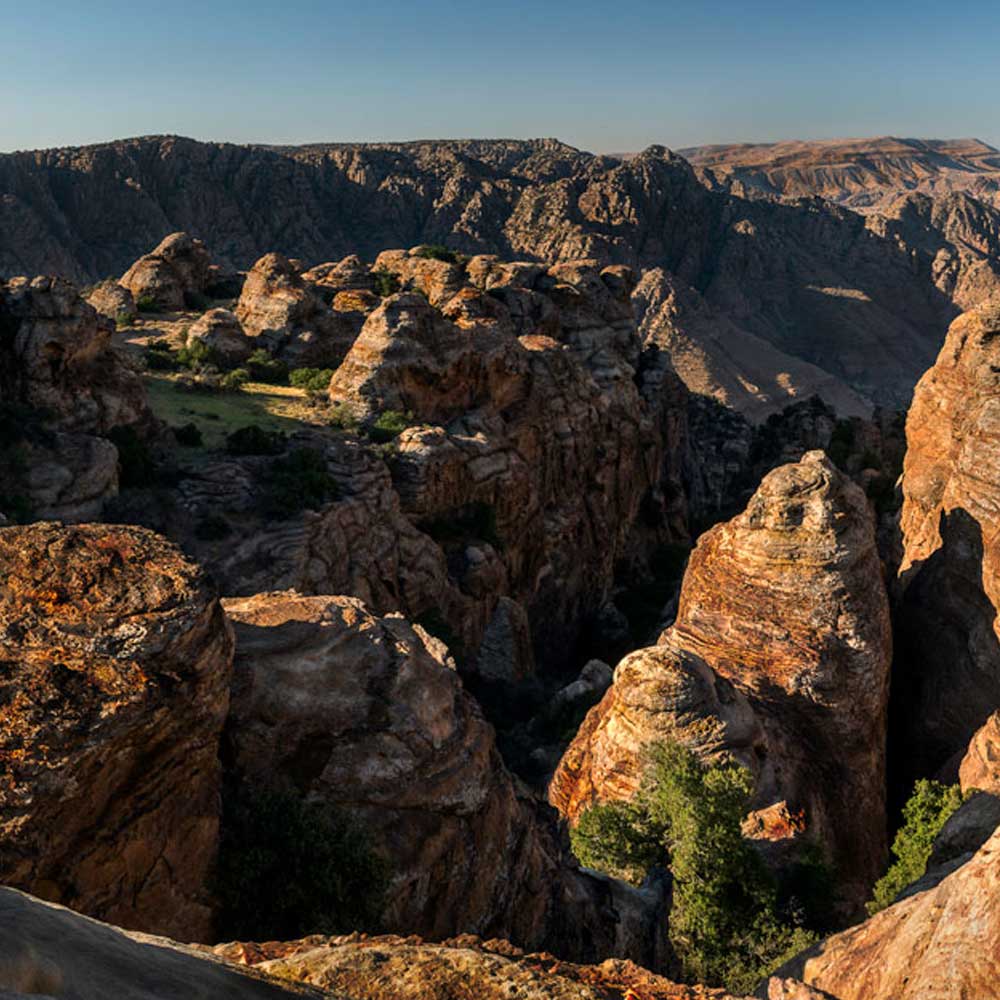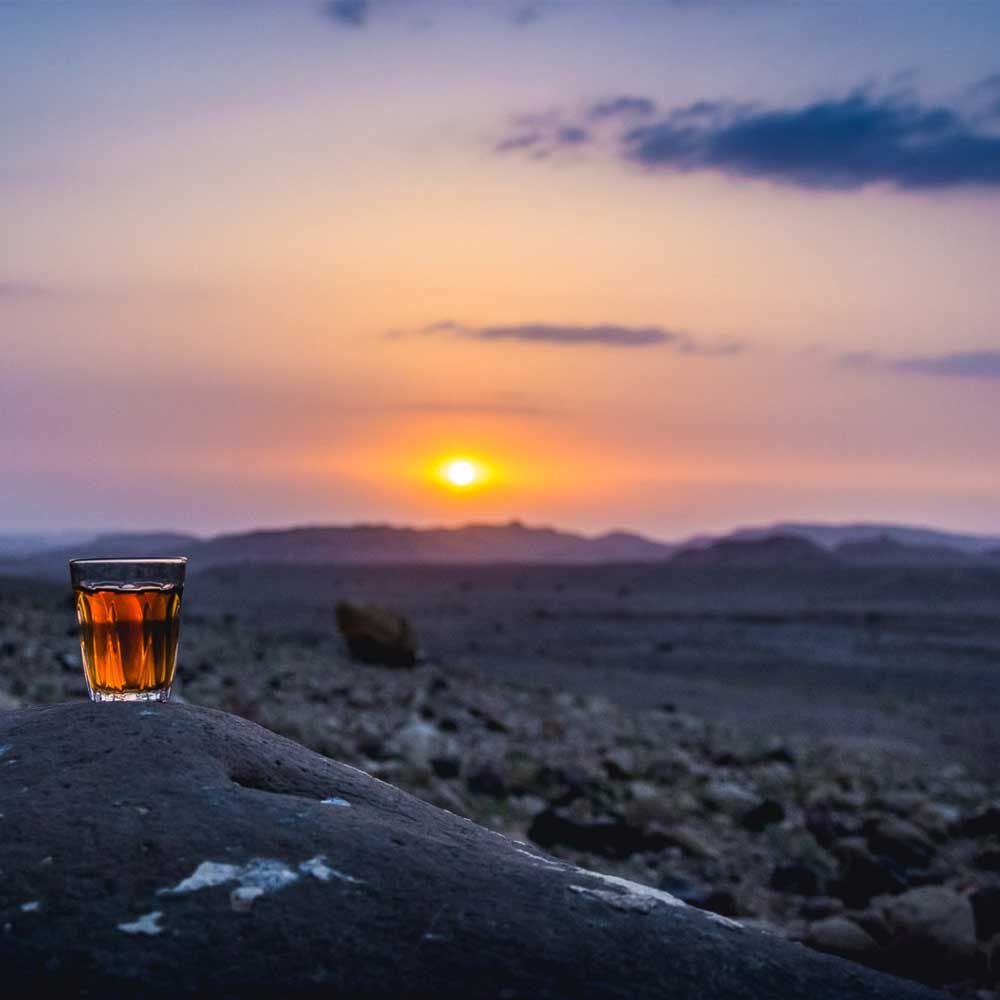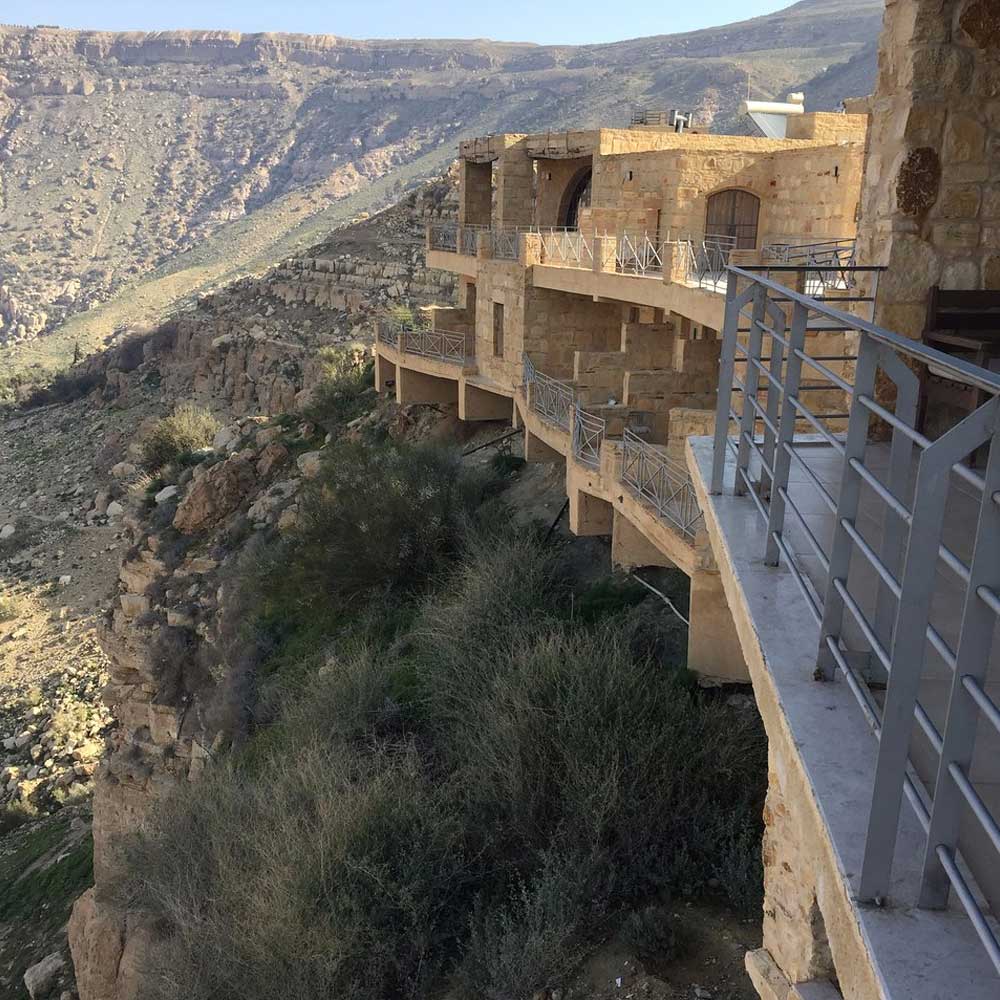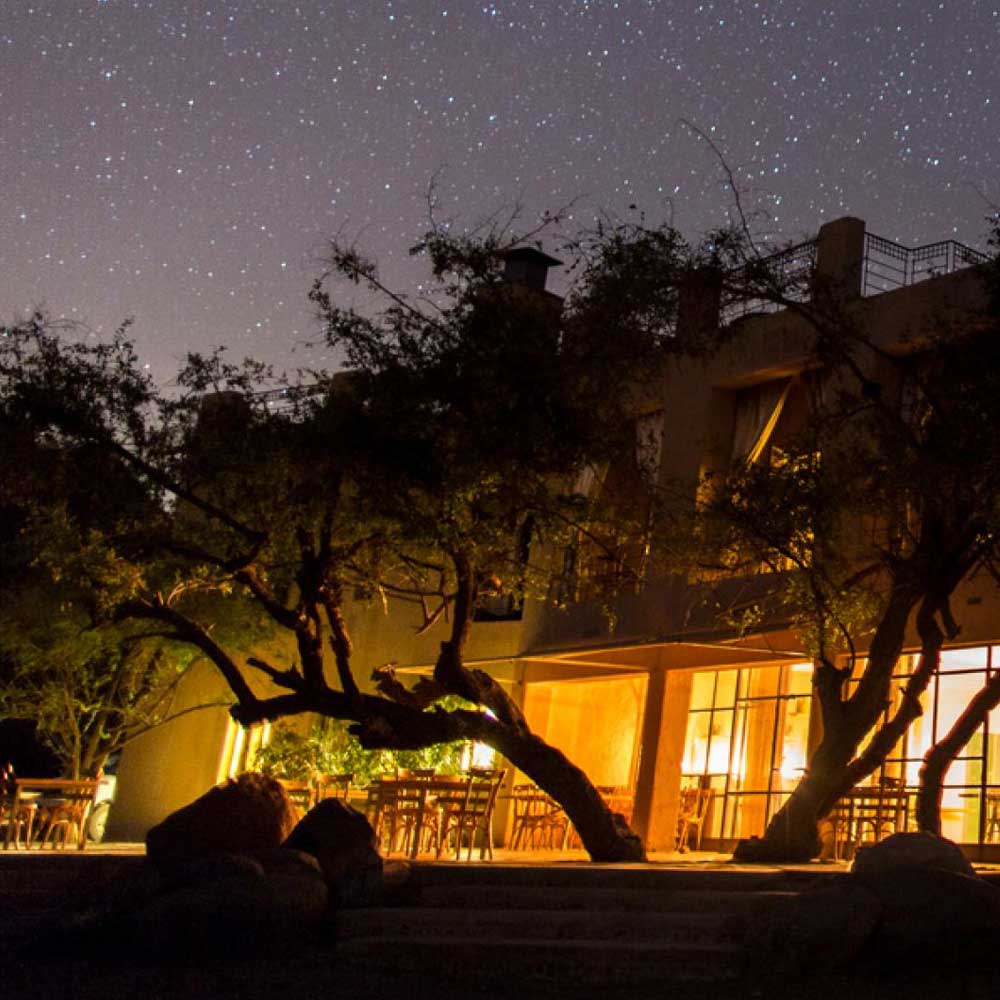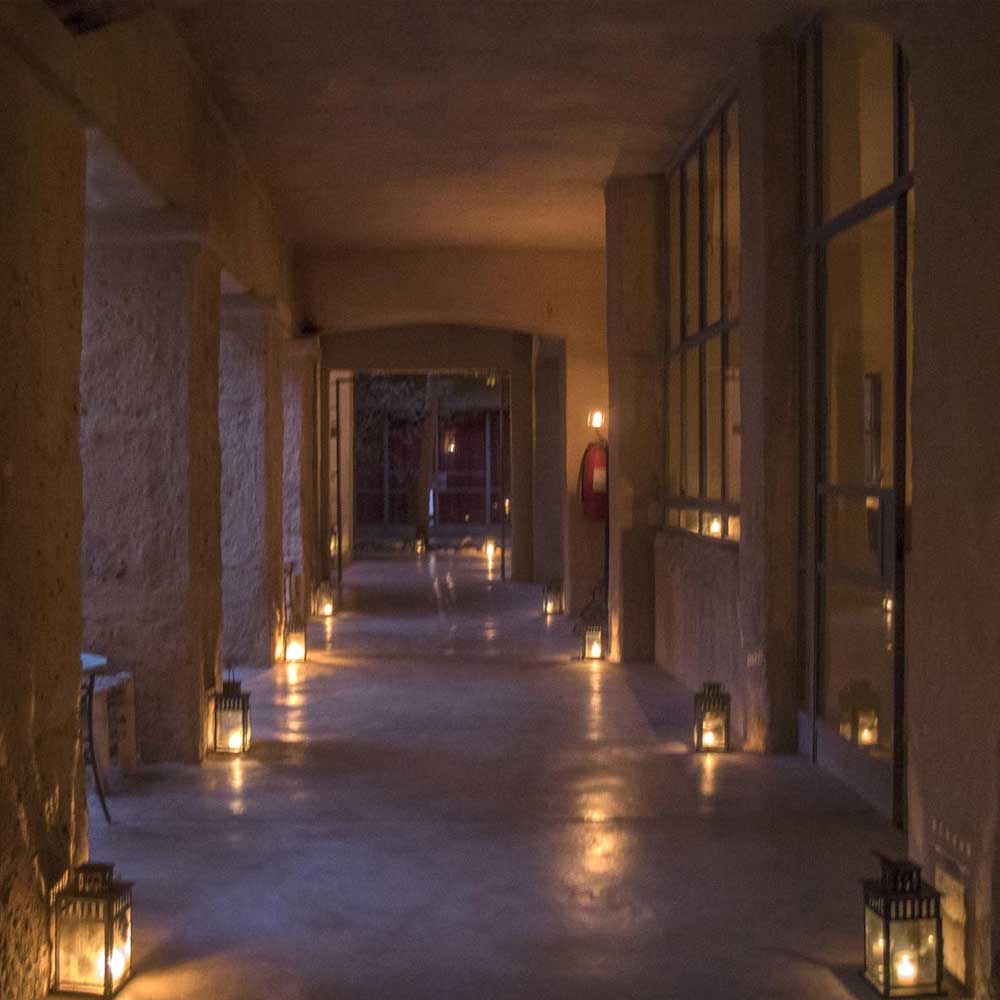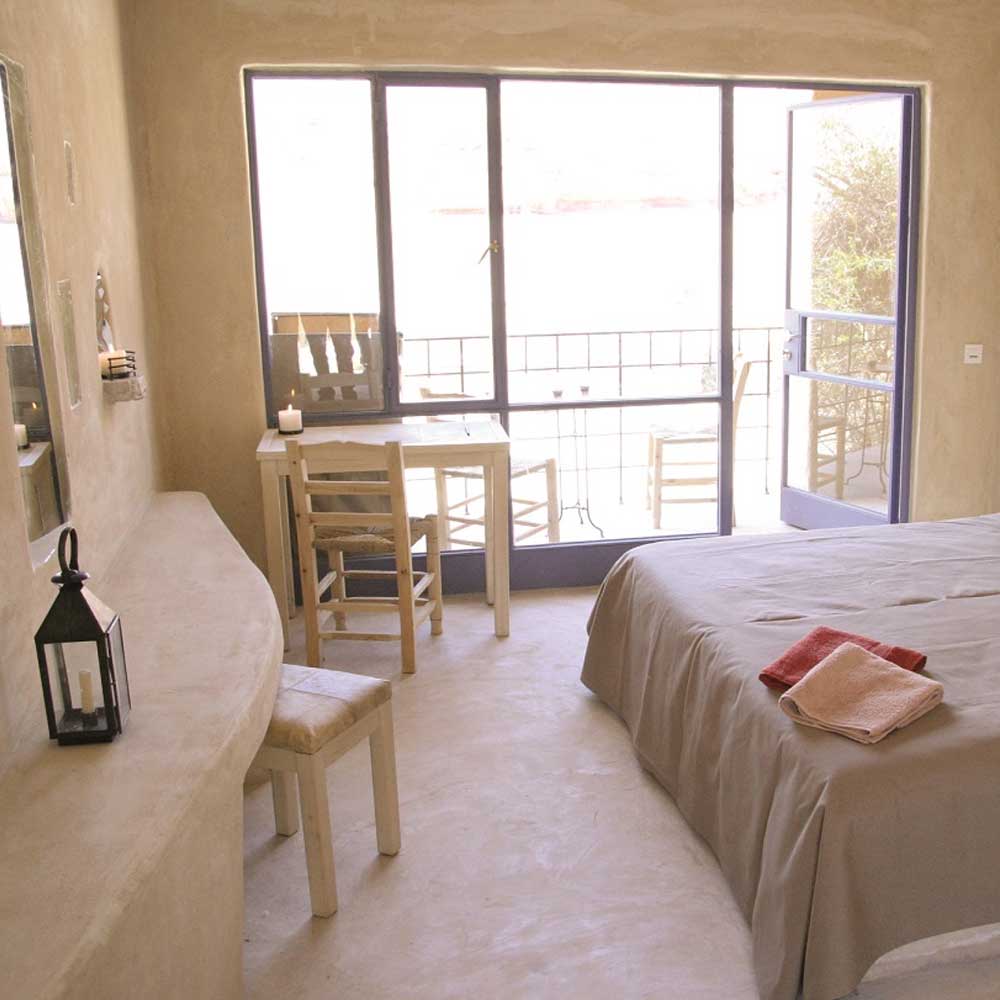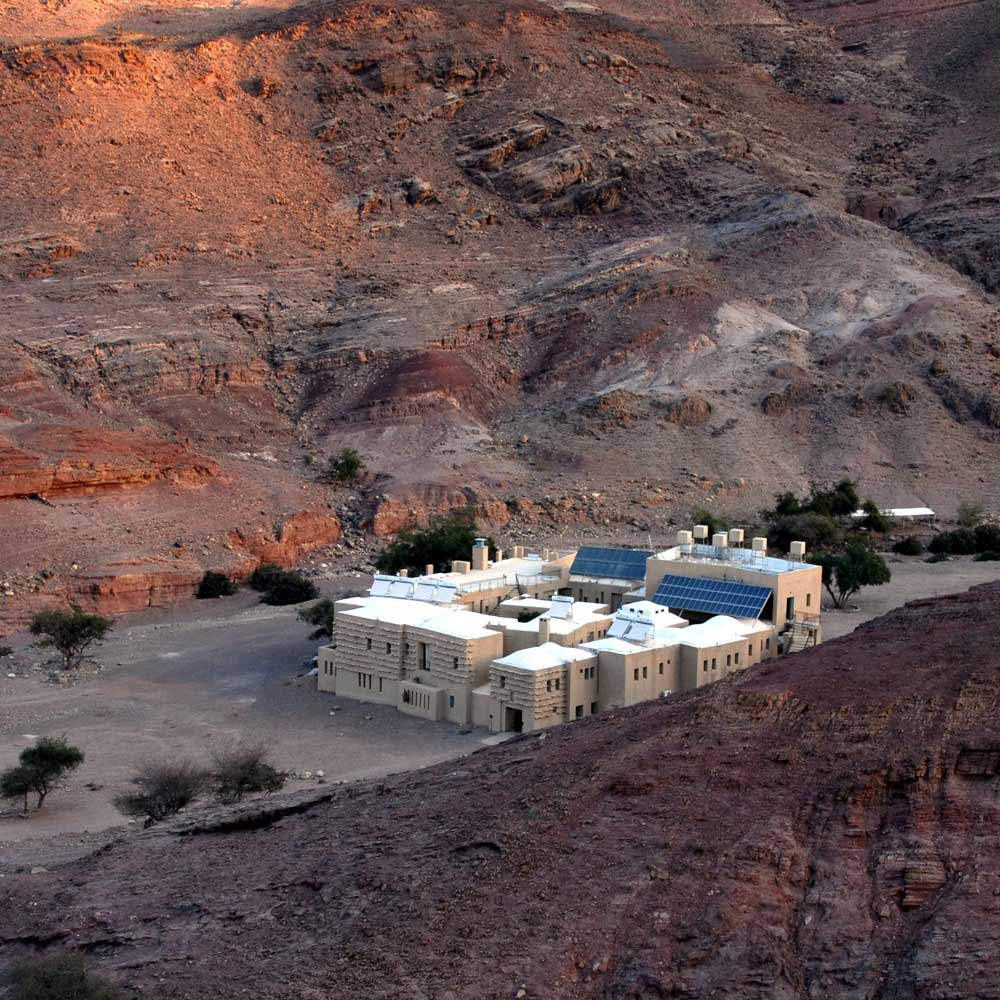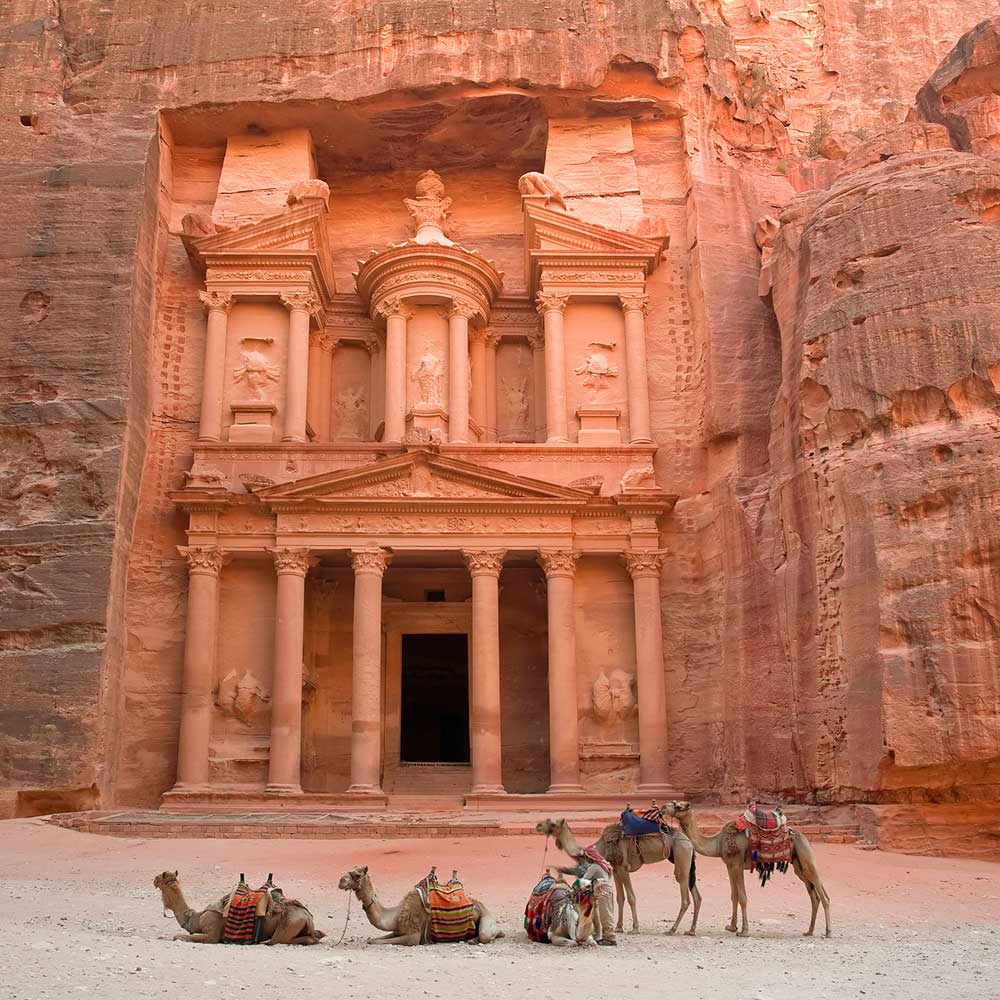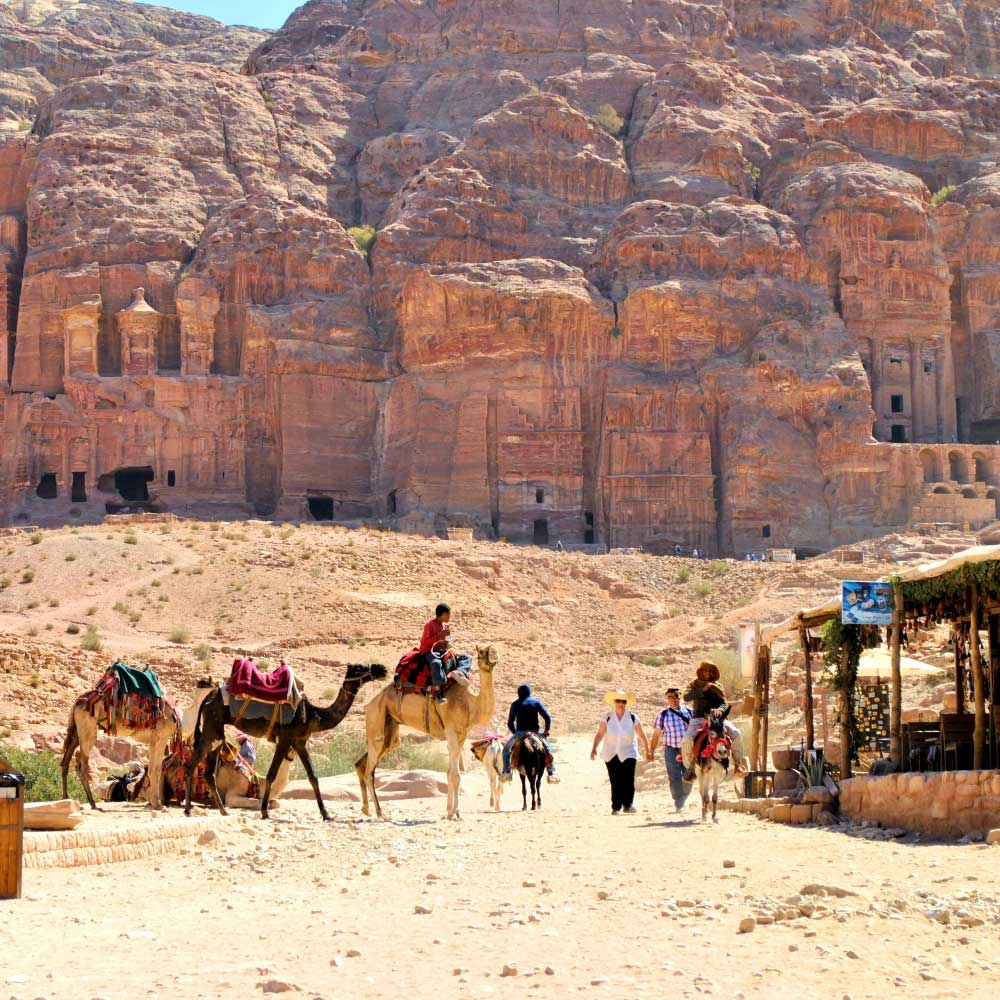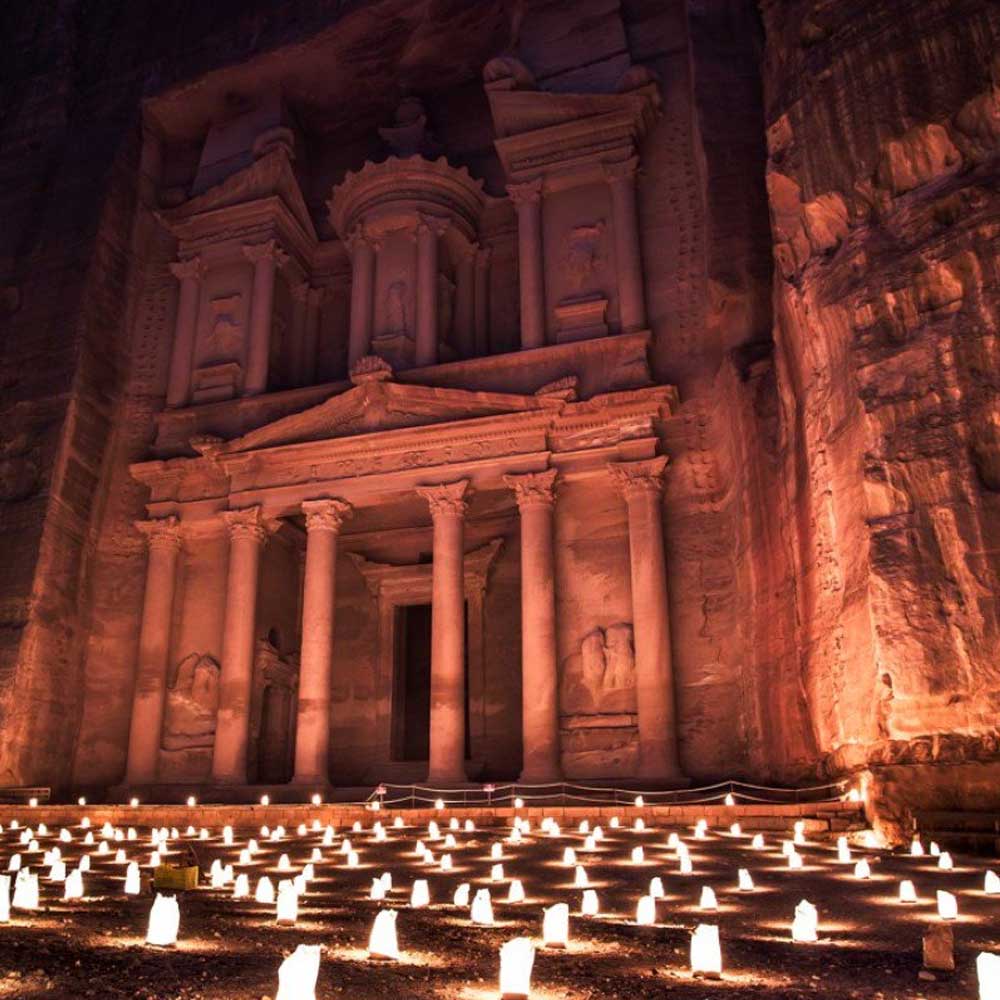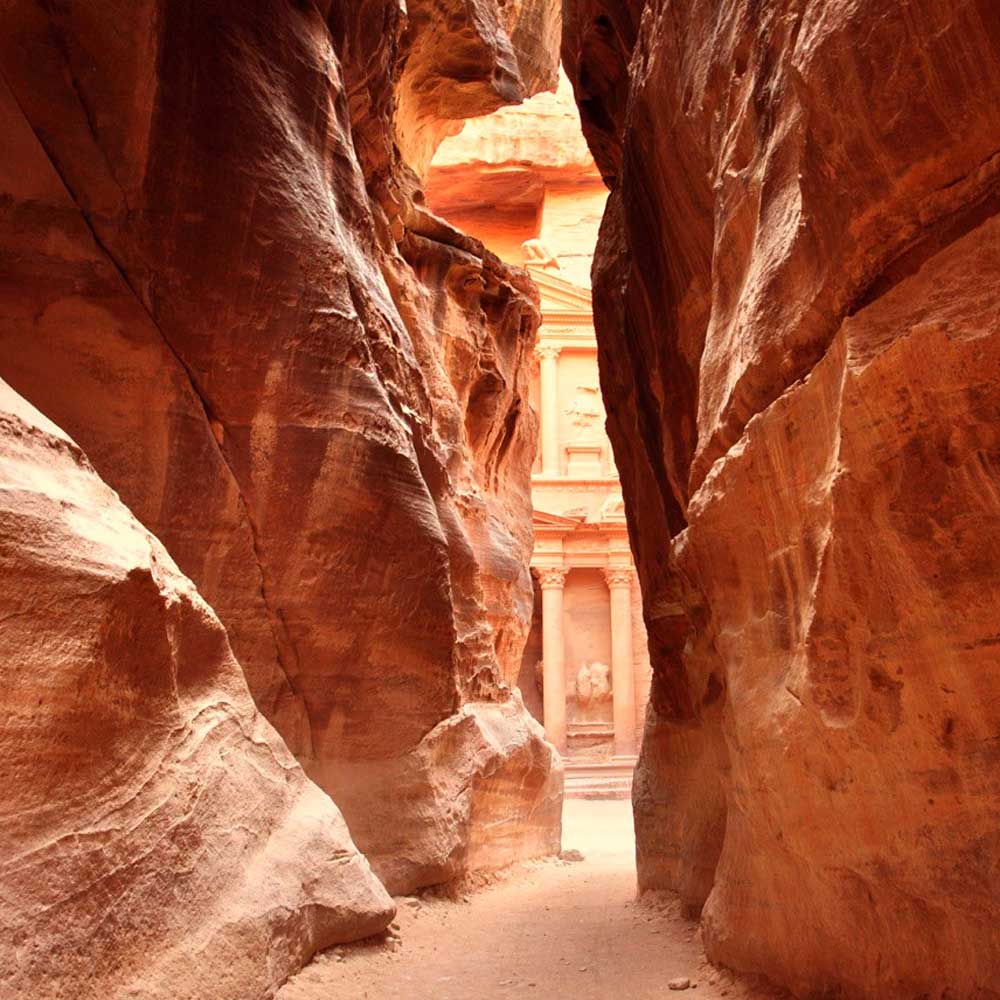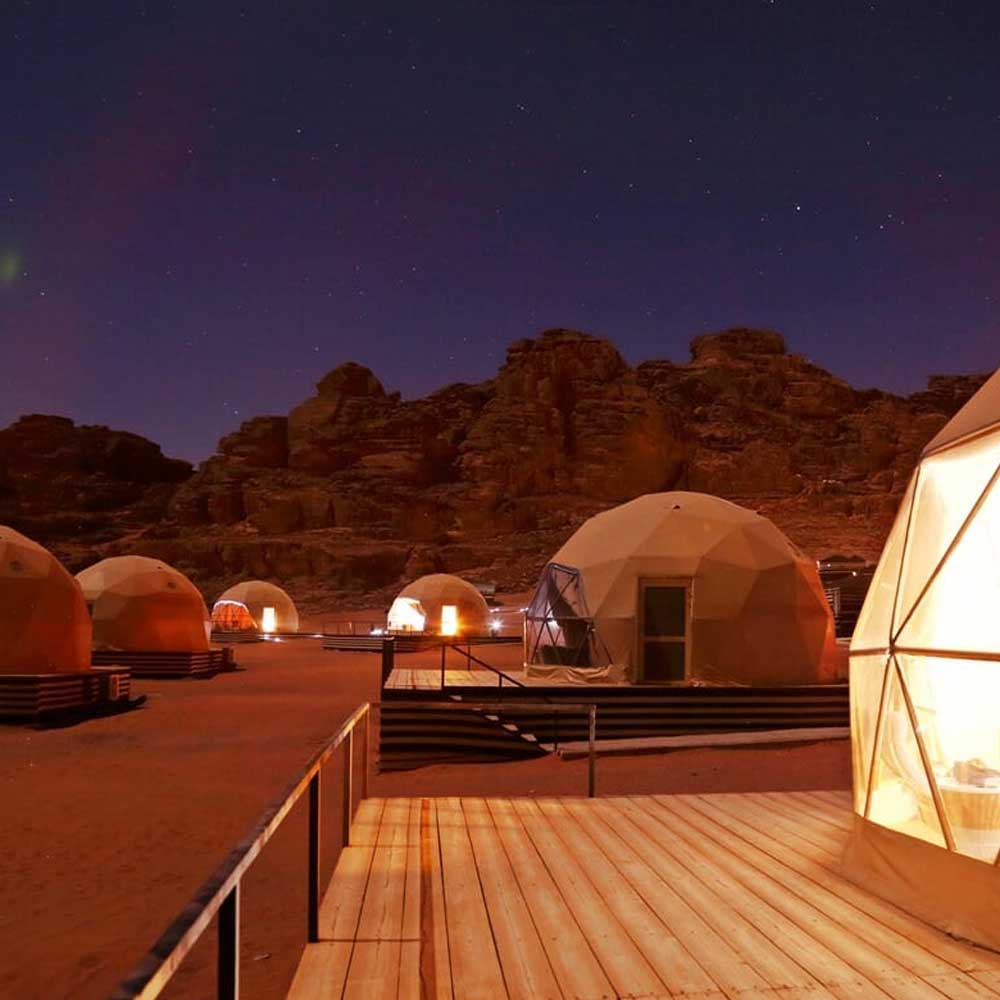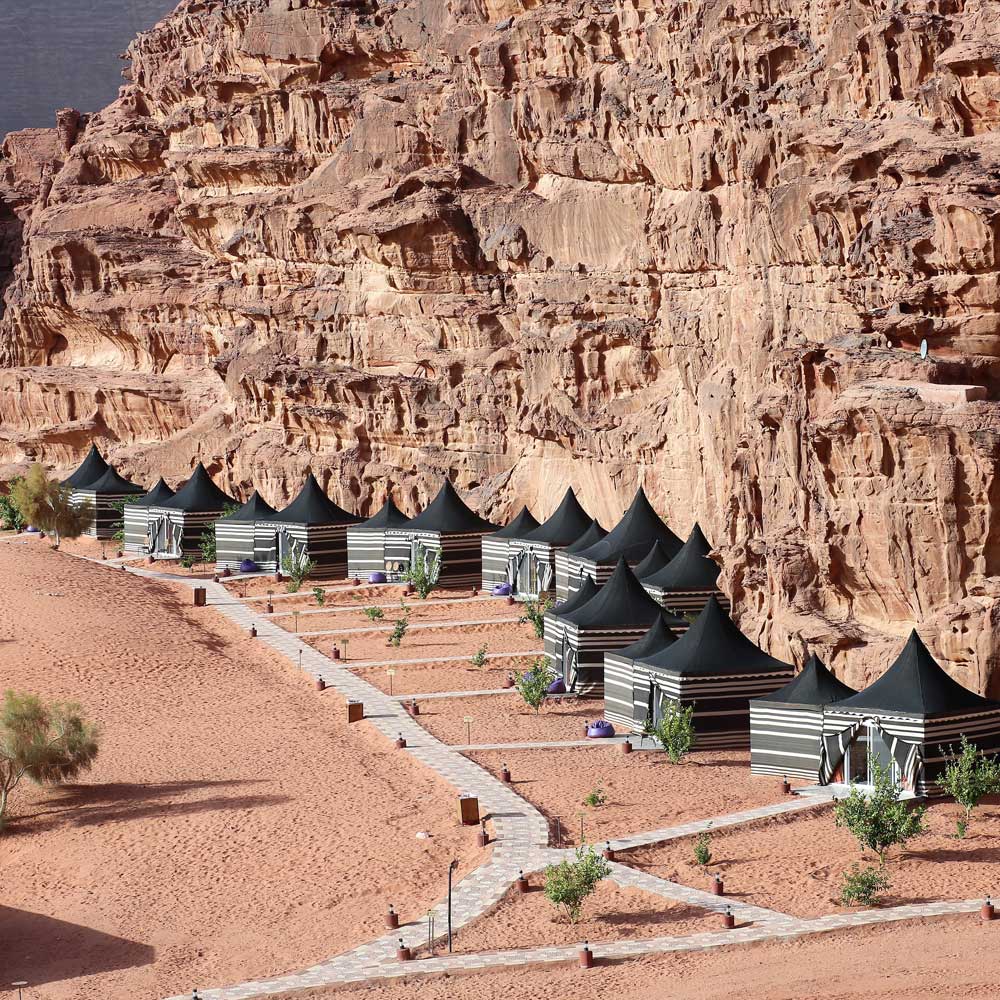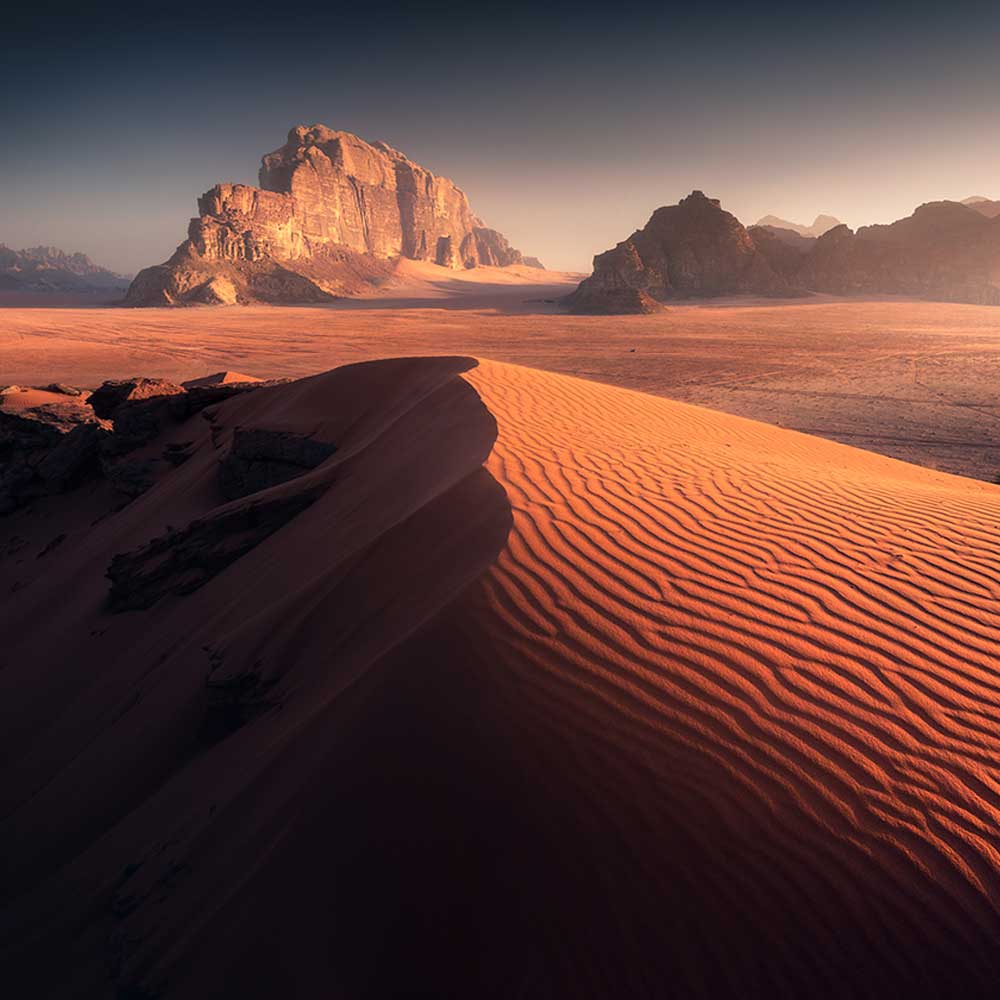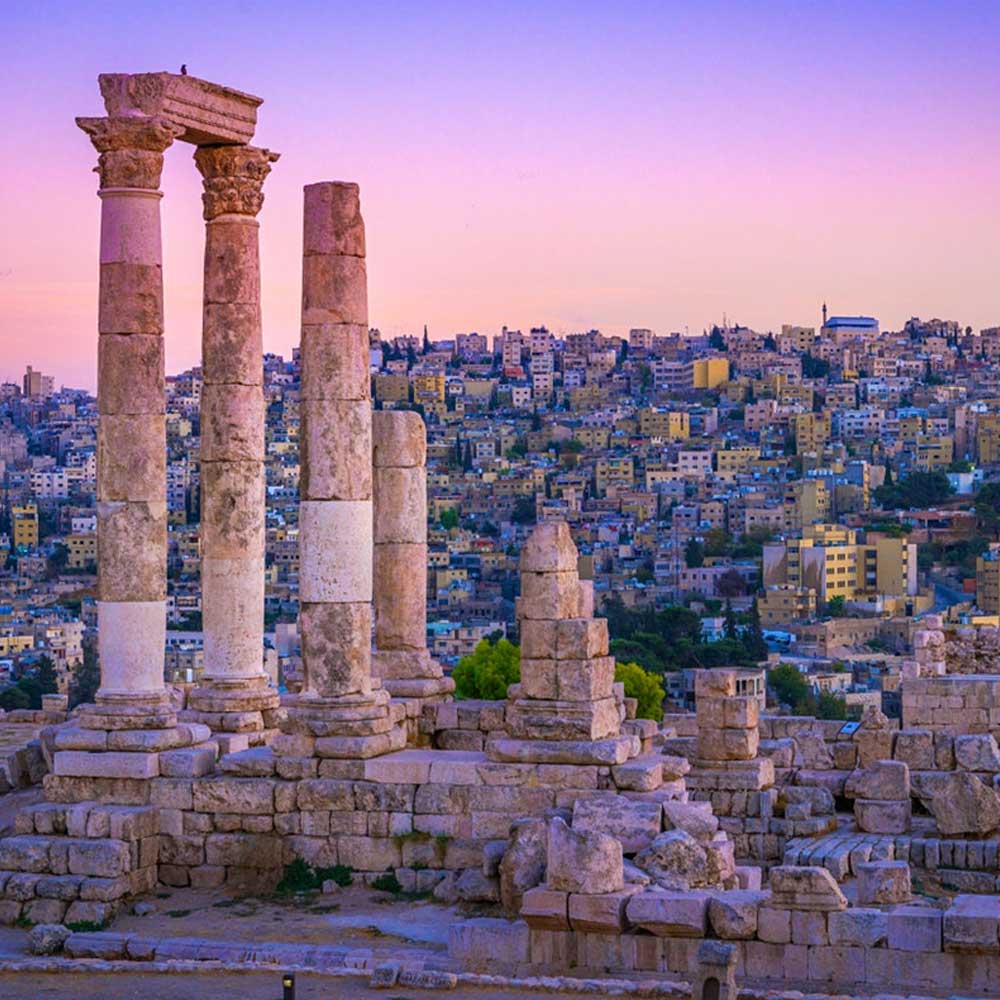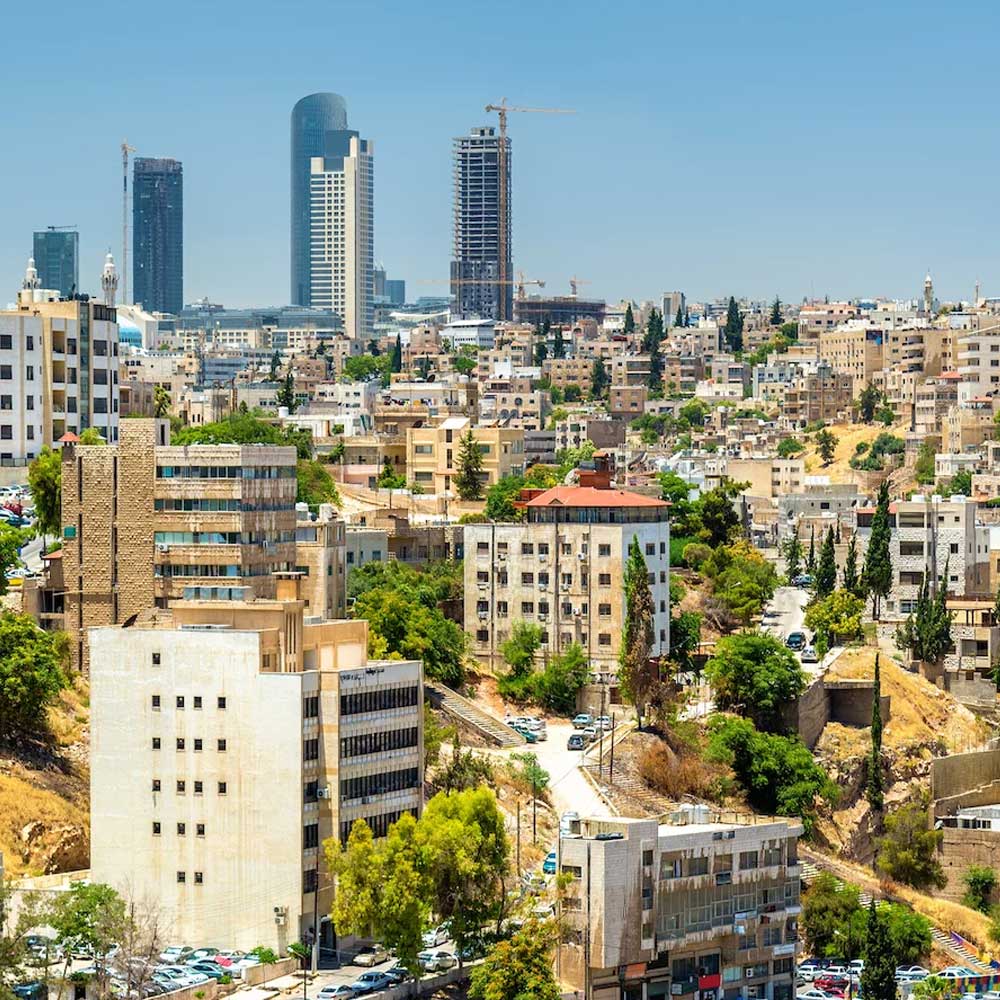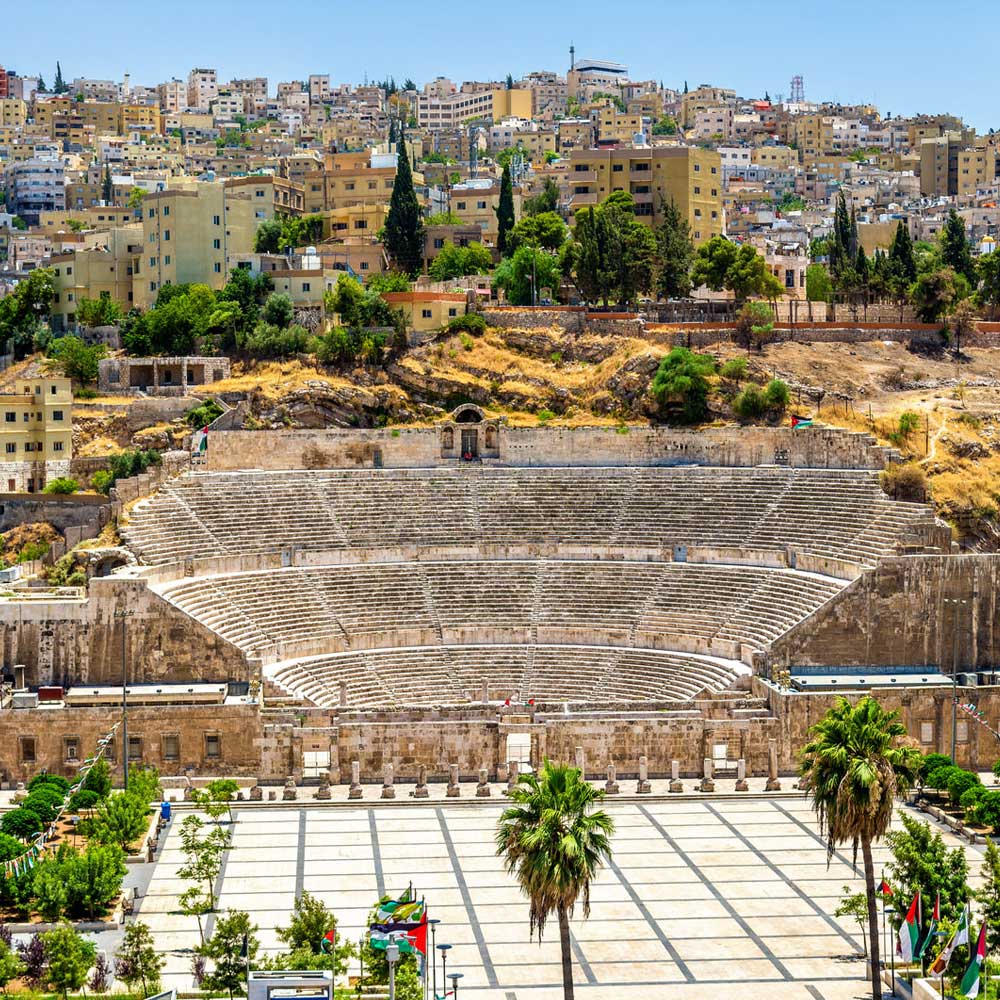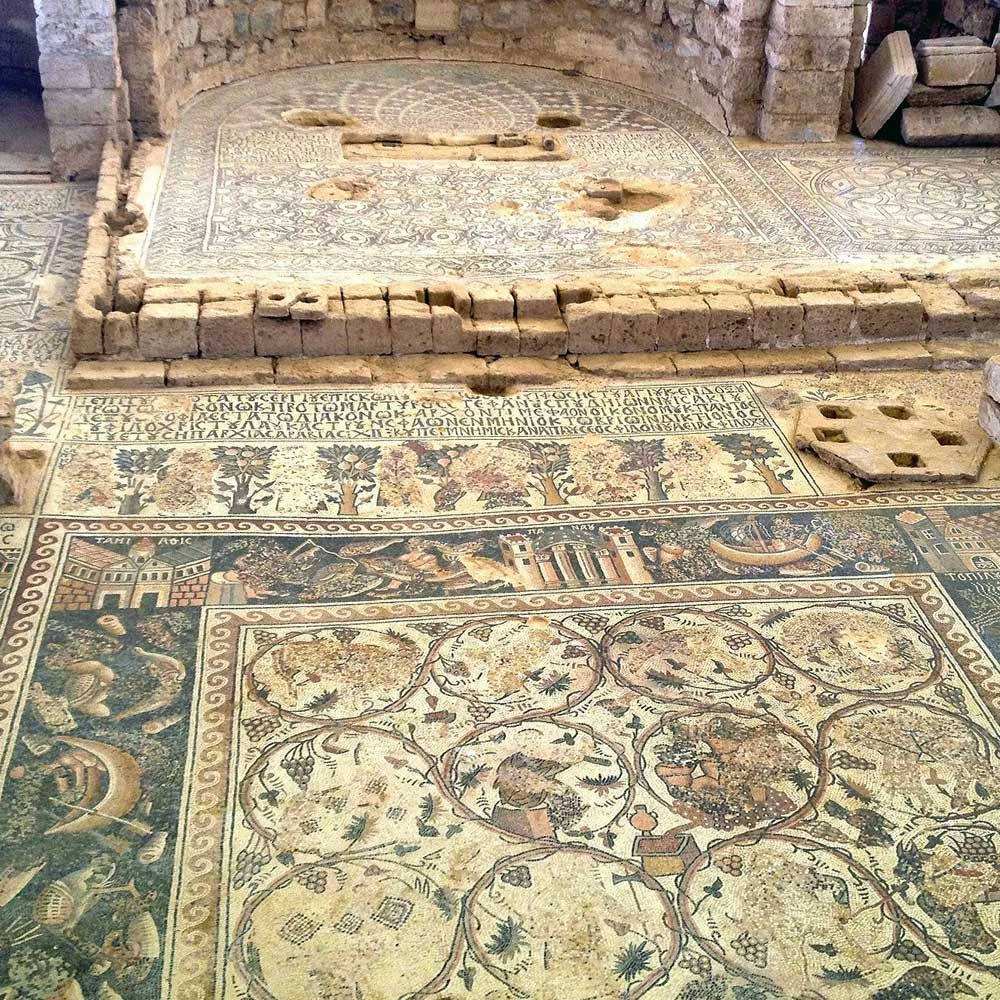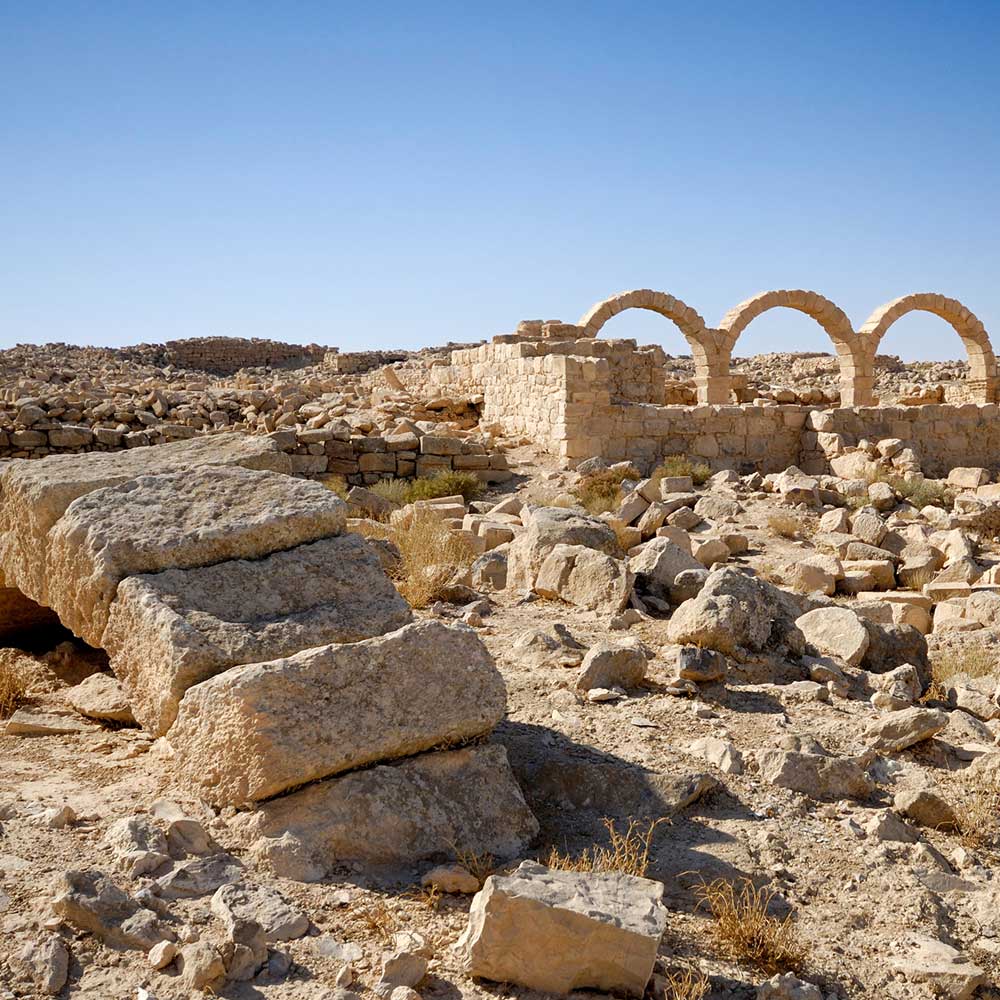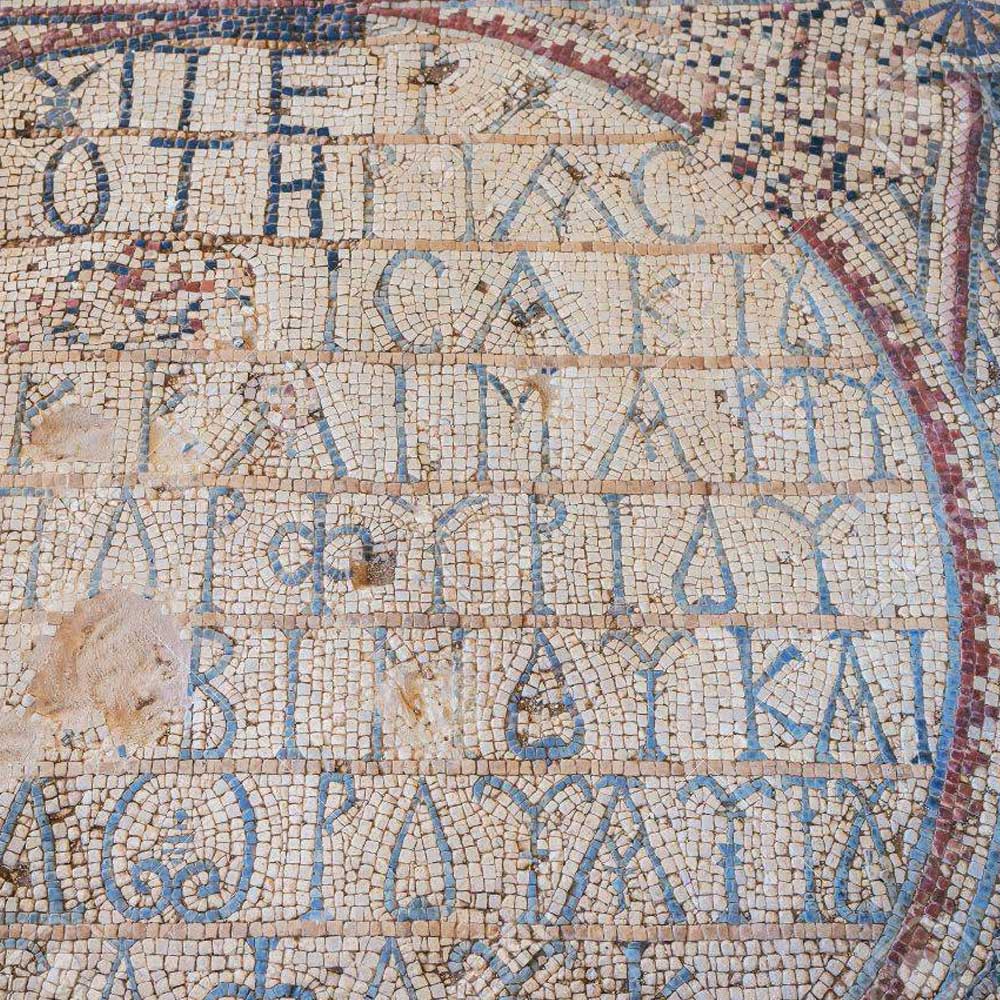At 410 meters below sea level, the Dead Sea is the lowest place on earth that is located (60.3 kilometers) away from Amman. Jordan’s Dead Sea coast is one of the most spectacular natural and spiritual landscapes in the world and it remains as enticing to international visitors today as it was to kings, emperors, traders, and prophets in antiquity. The main attraction of the Dead Sea is of course the soothing, abnormally salty water itself. The salt content of the water is 31.5% making the water so buoyant that it is impossible for the visitor to sink. The water also contains 21 minerals including high levels of magnesium, sodium, potassium, and bromine and 12 of these minerals are found in no other body of water in the world.
Along the 5,000-year-old Kings´ Highway is one of the most memorable places in the Holy Land. The city of Madaba is known as the “City of Mosaics” because of the many Byzantine mosaic floors and murals spread around the city. Most famous of all is the Map of the Holy Land that dates from the 6th century. Although only about a quarter of the original still exists, it clearly shows the location of many biblical sites such as the Baptismal site.
Close to the Church of the Virgin is the Madaba Institute for Mosaic Art and Restoration, the only project of its kind in the Middle East where artisans learn the art of making, repairing and restoring mosaics.
Mount Nebo is one of the most revered holy sites of Jordan. A small Byzantine church was built there by early Christians and has since been expanded into a vast complex. During his visit to Jordan in 2001, the Late Pope John Paul II held a sermon here that was attended by some 20,000 faithful. Mount Nebo’s first church was constructed in the 2nd half of the 4th century to commemorate the place of Moses’ death. It had three apses and was preceded by a vestibule paved with plain white mosaic; two funeral chapels stood to the north and south of the lateral apses. Six tombs have been found hollowed from the natural rock beneath the mosaic-covered floor of the church. In the present presbytery you can see remnants of mosaic floors from different periods. The earliest of these is a panel with a braided cross presently placed on the east end of the south wall.
Kerak was an important city, and for a time the capital of the Biblical kingdom of Moab. For this reason, the castle is also sometimes known as Krak des Moabites. Kerak Castle was built in 1142 by the Frankish lord Payen le Bouteiller, to whom the territory had been ceded by King Baldwin II of Jerusalem in 1126. The castle was constructed over foundations of earlier citadels dating back to Nabatean times. Under Reynald de Chatillon, Kerak resisted assaults by Saladin’s troops in 1183 and 1184, but it finally fell after a siege in 1188. Arab repairs and additions in the white limestone contrast with the Crusader parts built in dark, volcanic tufa.
Perched in a wild, remote landscape, Shobak Castle wins over even the most castle-weary visitor, despite being less complete than its sister fortification at Karak. It’s especially imposing when seen from a distance, as it sits on a dramatic hill (formerly called Mons Realis, or the Royal Mountain).
“Mont Real”, is a 2 ½ hours drive south of Amman and was built by the Crusader king Baldwin I in 1115. Its defenders withstood numerous attacks from the armies of Saladin (Salah ad Din) before succumbing in 1189 (a year after Karak), after an 18-month siege. It is perched on the side of a mountain, with a grand sweep of fruit trees below. The castle’s exterior is impressive, with a forbidding gate and encircling triple wall. Despite the precautions of its builder, the fortress fell only 75 years after it was raised.
Site of the famous miracle of the Gadarene swine, Gadara was renowned in its time as a cultural centre. It was the home to several classical poets and philosophers, including Theodorus, founder of a rhetorical school in Rome. One poet called the city “a new Athens”. Perched on a splendid hilltop overlooking the Jordan Valley and the Sea of Galilee, Gadara is today known as Umm Qays and boasts impressive colonnaded streets, vaulted terrace and the ruins of two theatres. You can take in the sights and then dine on the terrace of a fine restaurant with a breathtaking view of three countries.
Although little is known for definite about the history of Qasr al-Abd, it is widely believed to have been built by the head of the powerful Tobiad family and governor of Ammon. Credence for this theory is gained from the fact that the name ‘Tuvya’ or ‘Toviyya’ (Tobias) is engraved above the adjacent burial caves of Iraq al Amir (which share their name with the nearby village). In another of these caves there is a carving of a lioness sheltering a cub at the palace. According to a local legend, Tobiad was a commoner who fell in love with the daughter of a nobleman. When he asked for her hand in marriage, the nobleman said that Tobiad could only have her hand if he built the so-called “Castle of the Slave.” After completing the castle, the nobleman had Tobiad killed as he did not want his daughter marrying a commoner.
The site of John the Baptist’s settlement at Bethany beyond the Jordan, where Jesus was baptized, has long been known from the Bible (John 1:28 and 10:40) and from the Byzantine and medieval texts. The site has now been identified on the east bank of the Jordan River, and has been systematically surveyed, excavated, restored, and prepared to receive pilgrims and visitors. Bethany Beyond the Jordan is located half an hour by car from the capital city Amman. Bethany formed part of the early Christian pilgrimage route between Jerusalem, the Jordan River, and Mount Nebo. The area is also associated with the biblical account of how the Prophet Elijah (Prophet Yahya in Arabic) ascended to heaven in a whirlwind on a chariot of fire.
Warm, sunny, inviting, and a dazzling undersea world of some of the most spectacular coral reefs to be found anywhere, Aqaba is a fun place. Situated at the tip of the Gulf that bears its name, it is a microcosm of all the good things Jordan has to offer, including a fascinating history with some outstanding sites, excellent hotels and activities such as (Snorkeling, Water Sports, a glass bottom boat ride, cycling… ECT), superb visitor facilities, good shopping, and welcoming, friendly people who enjoy nothing more than making sure their visitors have a good time.
Surrounded by hilly wooded areas and fertile basins, Jerash came under Roman rule when General Pompey conquered it in 63 BC, and was one of the ten great Roman cities, the Decapolis League. Known as Gerasa in antiquity, the site is now generally acknowledged to be one of the best preserved Roman provincial towns in the world. Hidden for centuries in sand before being excavated and restored over the past 70 years, Jerash reveals a fine example of the grand, formal provincial Roman urbanism that is found throughout the Middle East, comprising paved and colonnaded streets, soaring hilltop temples, handsome theatres, spacious public squares and plazas, baths, fountains and city walls pierced by towers and gates.
Qal’at Ar-Rabad was built by one of Saladin’s generals in 1184 AD to control the iron mines of Ajloun, and to deter the Franks from invading Ajloun. The Castle dominated the three main routes leading to the Jordan valley and protected the trade and commercial routes between Jordan and Syria. It became an important link in the defensive chain against the Crusaders, who unsuccessfully spend decades trying to capture the castle and the nearby village. Ajlun forest was first declared a protected area in 1978 . Its ecological importance is represented by the Evergreen Oak vegetation type, which is typical of the northern highlands of Jordan. As part of the Mediterranean bio-geographical region of the country, it is dominated by open woodlands that account for a significant part of Jordan’s forested area.
Jordan’s largest nature reserve that boasts a bio-diversity second to none, it covers 320 km2 of rugged and beautiful landscape along the face of the Great Rift Valley. It sweeps down in a series of mountain ridges, from the 1500m high plateau near Quadesiyya to the desert plains of Wadi Araba. The mountains are cut by many steep-sided wadis, often lined with a lush growth of trees and shrubs. Its geology is as varied as its landscape, switching from limestone to sandstone to granite.
Deep in the heart of the mountainous Dana Biosphere Reserve, at the end of a rugged track, an idyllic candle-lit lodge rests in the magnificent Wadi Feynan. Here, set against the glorious desert landscape, guests staying at the 26-room lodge can be found adventuring through the untouched outdoors, sipping mint tea with the native Bedouin, exploring local archaeological sites or simply unwinding in the serene courtyards and terraces of the candle-lit complex; safe in the knowledge that they are vacationing in a socially and environmentally-responsible way. Hailed as one of the top fifty ecolodges in the world by National Geographic Adventure Magazine, the solar powered Feynan Ecolodge offers the most developed eco-experience in Jordan; an experience made possible by a unique partnership between EcoHotels and the Royal Society for the Conservation of Nature, a Jordanian NGO devoted to the protection of the Kingdom’s finest natural landscapes.
The Red Rose City of Petra one of the world wonder, is without a doubt Jordan’s most valuable treasure and greatest tourist attraction. The giant red mountains and vast mausoleums of a departed race have nothing in common with modern civilization, and ask nothing of it except to be appreciated at their true value – as one of the greatest wonders ever wrought by Nature and Man. Although much has been written about Petra, nothing really prepares you for this amazing place. It has to be seen to be believed. It is a vast, unique city, carved into the sheer rock face by the Nabataeans, an industrious Arab people who settled here more than 2000 years ago, turning it into an important junction for the silk, spice and other trade routes that linked China, India and southern Arabia with Egypt, Syria, Greece and Rome. Entrance to the city is through the Siq, a narrow gorge, over 1km in length, which is flanked on either side by soaring, 80m high cliffs. Just walking through the Siq is an experience in itself. The colors and formations of the rocks are dazzling. As the end of the Siq there is the first glimpse of Al-Khazneh (Treasury).
This is a stupendous, timeless place, formed by the weather and winds that have carved the imposing, towering skyscrapers, so elegantly described by T.E. Lawrence as “vast, echoing and God-like”. A maze of monolithic rock capes rise up from the desert floor to heights of 1,750m, creating a natural challenge for serious mountaineers. Hikers can enjoy the tranquility of the boundless empty spaces and explore the canyons and water holes to discover 4000-year-old rock drawings and the many other spectacular treasures this vast wilderness holds in store. Also known as ‘The Valley of the Moon’, this is the place where Prince Faisal Bin Hussein and T.E. Lawrence based their headquarters during the Arab Revolt, their exploits intrinsically woven into the history of this amazing area. There are several options for exploring Wadi Rum. Visitors should head for the Visitors’ Centre where, apart from visitors’ facilities, they can hire a 4×4 vehicle, together with driver/guide, and then drive for two or three hours into the Wadi systems to explore some of the best known sites. Alternatively they can hire a camel and guide. Several blockbuster movies were filmed in Wadi Rum recently such as The Martian, Aladdin, Star Wars, All The Money in the World, etc.
Amman, the capital of Jordan, is a fascinating city of contrasts – a unique blend of old and new, situated on a hilly area between the desert and the fertile Jordan Valley. In the commercial heart of the city, ultra-modern buildings, hotels, smart restaurants, art galleries and boutiques rub shoulders comfortably with traditional coffee shops and tiny artisans’ workshops. Amman’s neighborhoods are diverse and range in cultural and historical context from hustle and bustle of the downtown markets to the art galleries of Jabal Lweibdeh and the modern shopping district of Abdali.
Most of this archaeological site, which started as a Roman military camp and grew to become a town from the 5th century, has not been excavated. It contains remains from the Roman, Byzantine and Early Muslim periods (end of 3rd to 9th centuries AD) and a fortified Roman military camp. The site also has 16 churches, some with well-preserved mosaic floors. Particularly noteworthy is the mosaic floor of the Church of Saint Stephen with its representation of towns in the region. Two square towers are probably the only remains of the practice, well known in this part of the world, of the stylites (ascetic monks who spent time in isolation atop a column or tower). Um er-Rasas is surrounded by, and dotted with, remains of ancient agricultural cultivation in an arid area.




